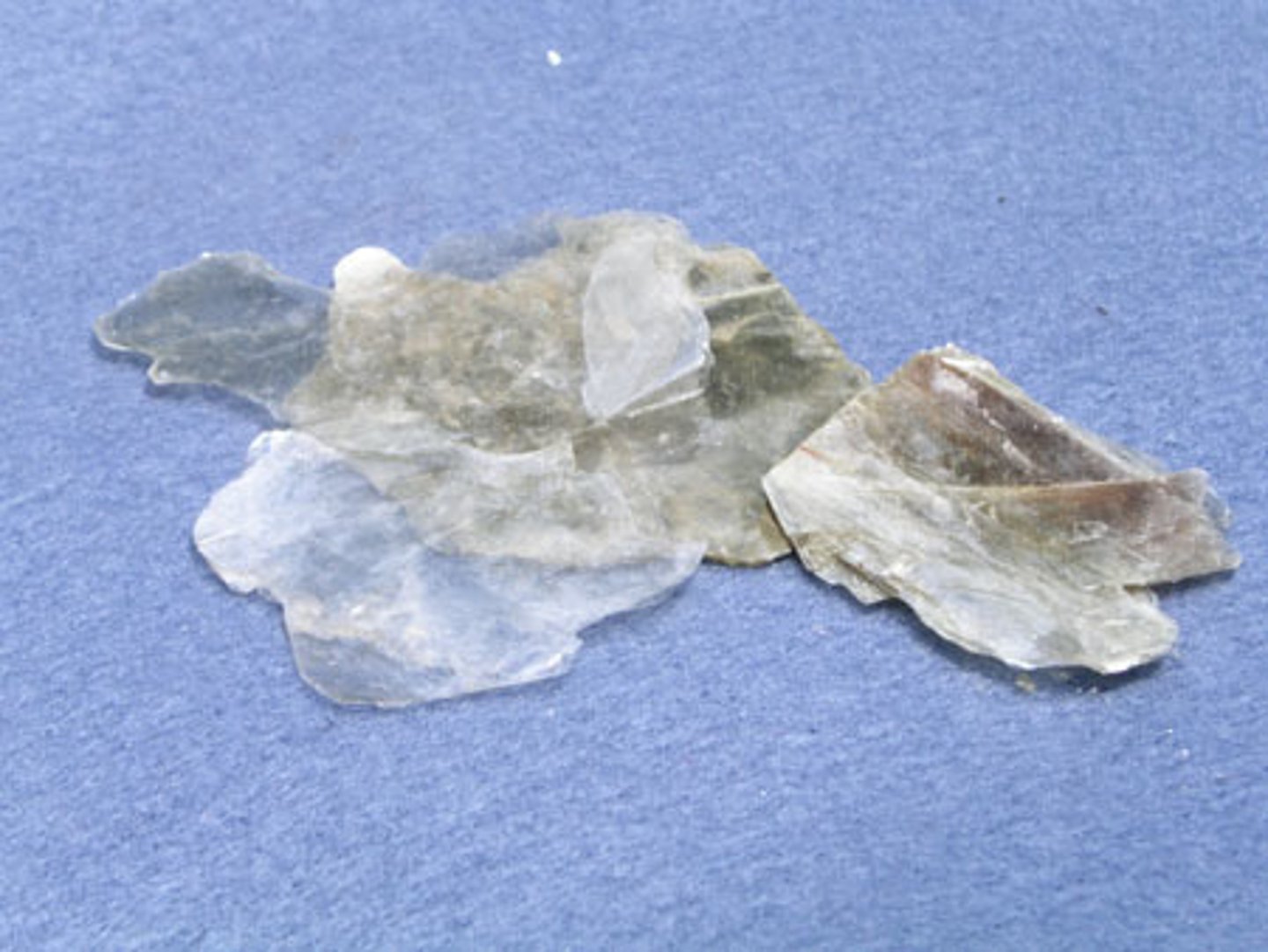Scioly Rocks and Minerals
1/99
There's no tags or description
Looks like no tags are added yet.
Name | Mastery | Learn | Test | Matching | Spaced |
|---|
No study sessions yet.
100 Terms
igneous, metamorphic, and sedimentary
What are the three classifications of rocks?
from solidified magma (rock that has been melted inside the earth)
What are igneous rocks created from?
Sedimentary rocks can be formed from the lithification of these buried smaller fragments (clastic sedimentary rock), the accumulation and lithification of material generated by living organisms (biogenic sedimentary rock - fossils), or lithification of chemically precipitated material from a mineral bearing solution due to evaporation (precipitate sedimentary rock)
HOW are sedimentary rocks created?
metamorphic rock are formed when other types of rocks are subjected to heat and pressure
How are Metamorphic rocks created?
intrusive and extrusive
What are the 2 main classifications of igneous rocks?
intrusive rocks
harden slowly beneath the surface of the earth, and often form large mineral crystals within the rock ex. Granite
Porphyritic intrusive rocks
have large crystals embedded in a matrix of smaller crystals. ex. Pegmatite
extrusive rocks
harden quickly during a volcanic eruption and are usually smooth-grained ex. Basalt
Andesite
Igneous
Extrusive
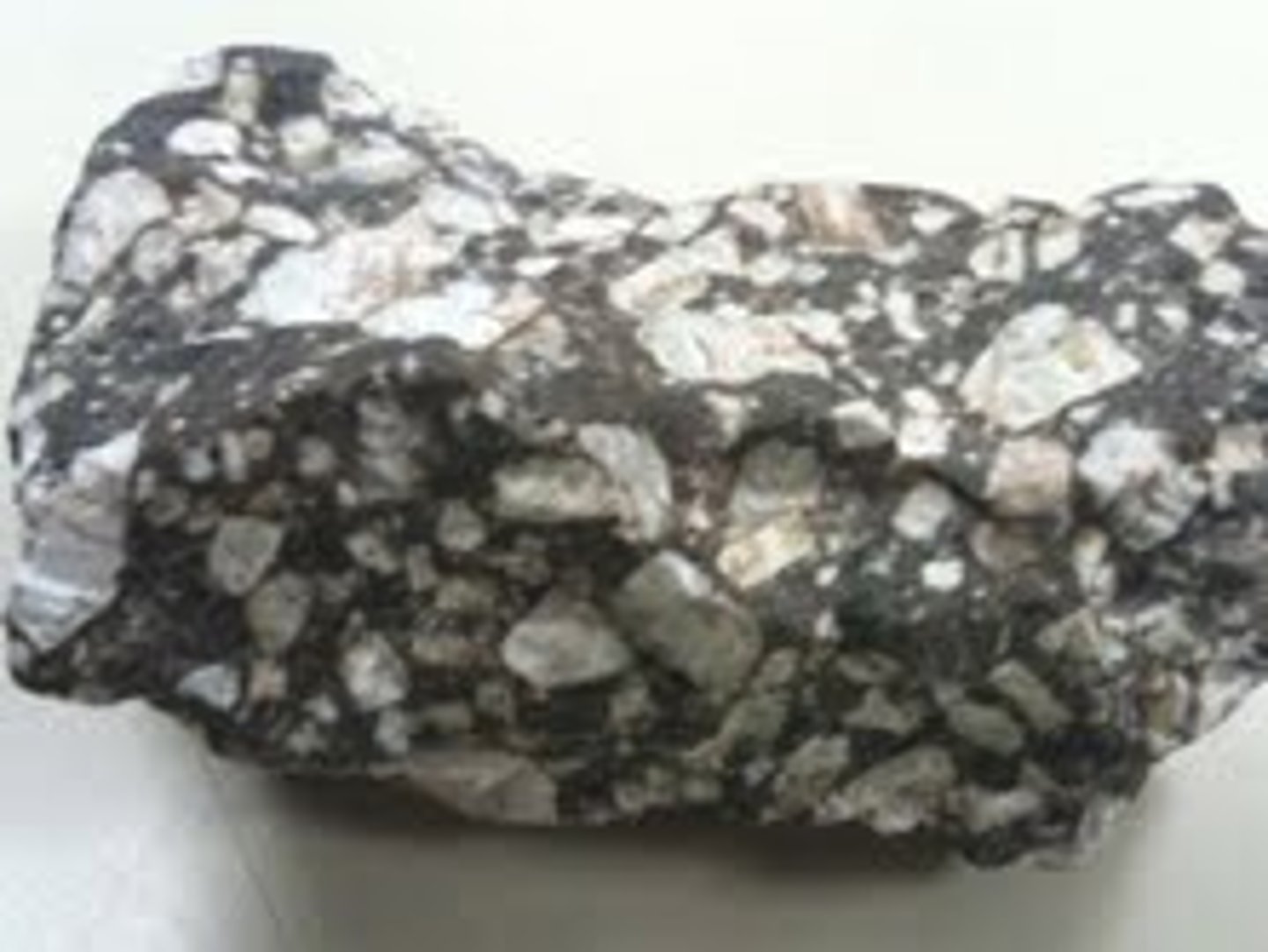
Basalt
Igneous
Extrusive
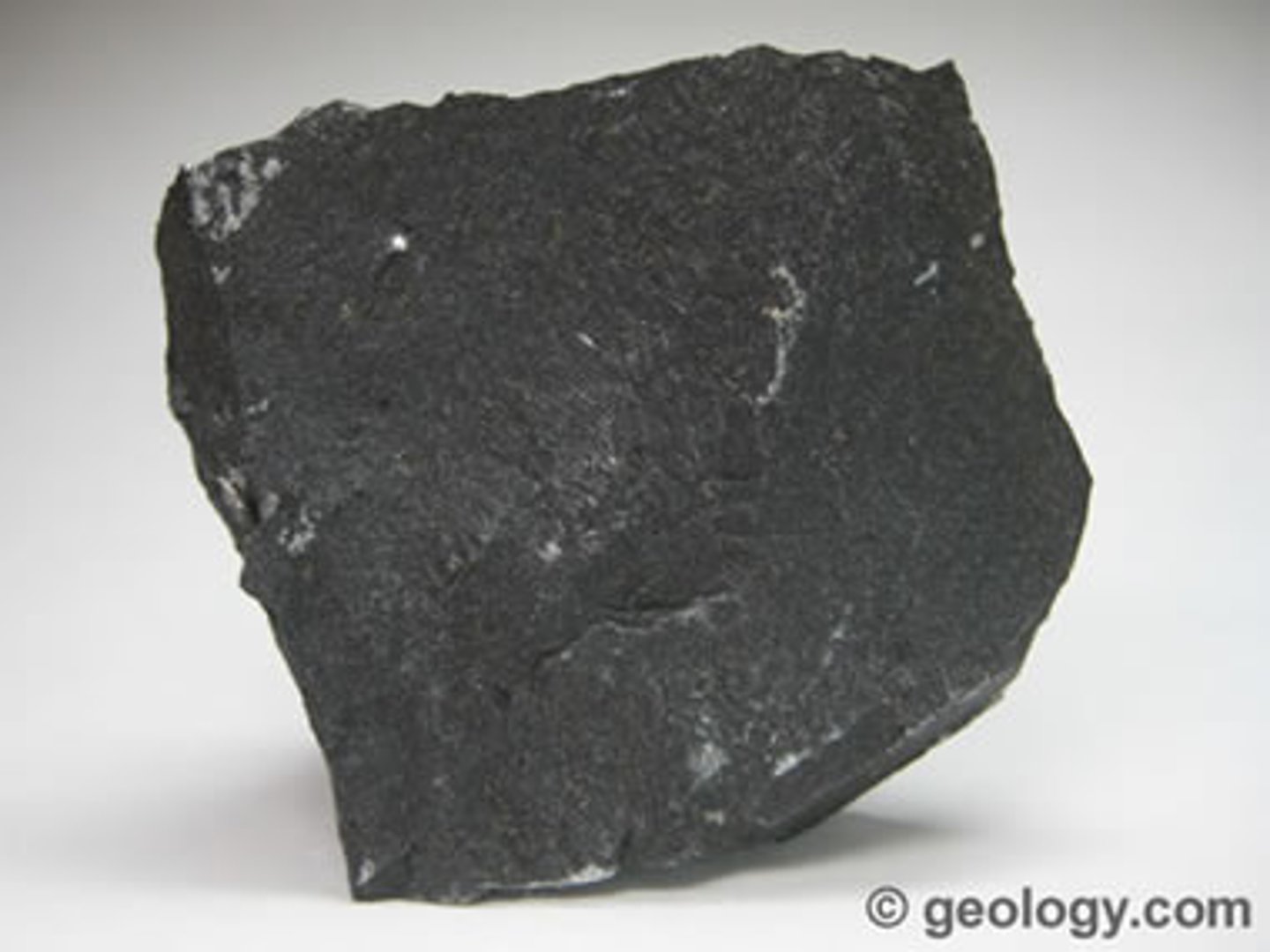
Diorite
Igneous
Intrusive
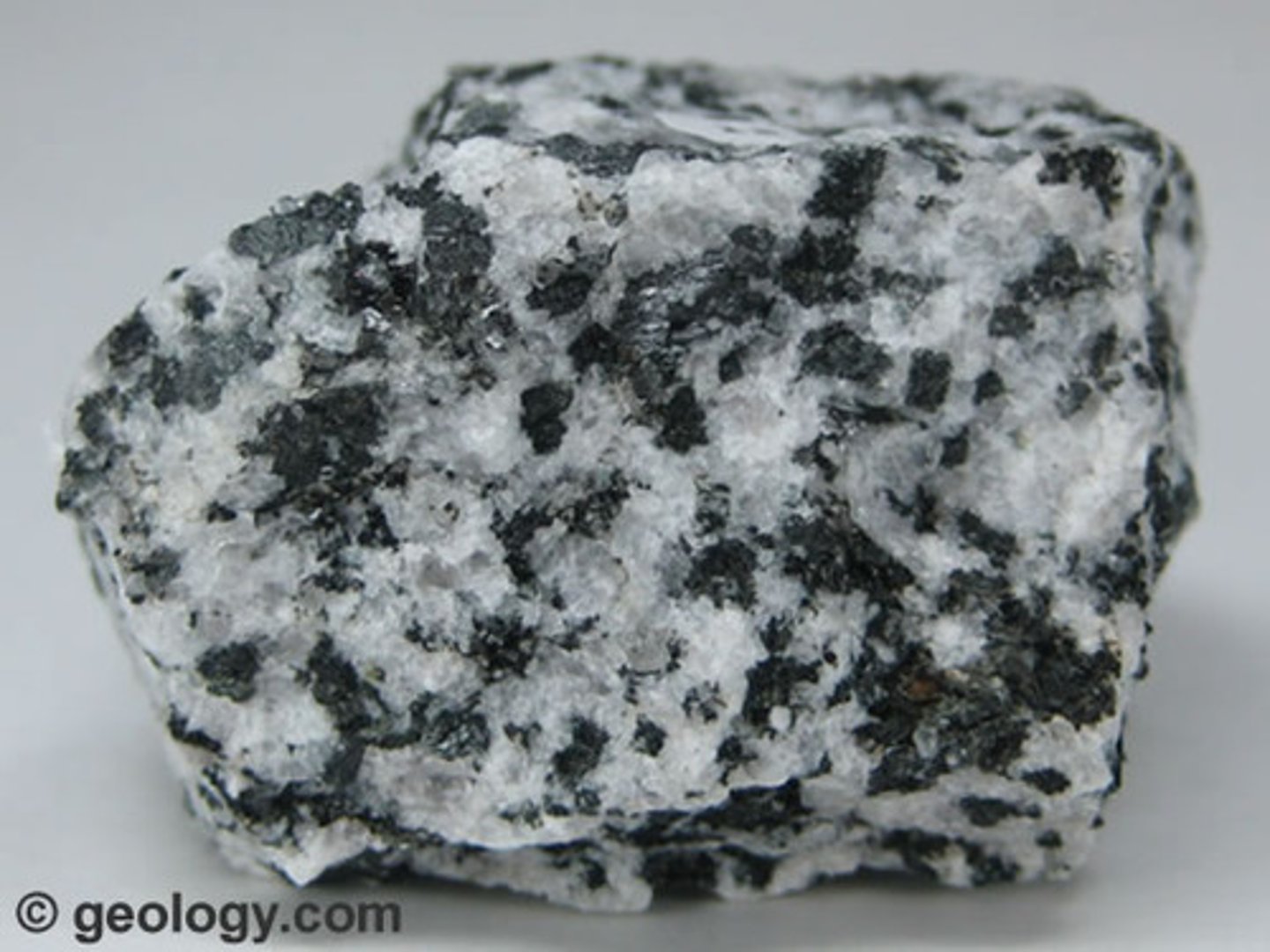
Gabbro
Igneous
Intrusive
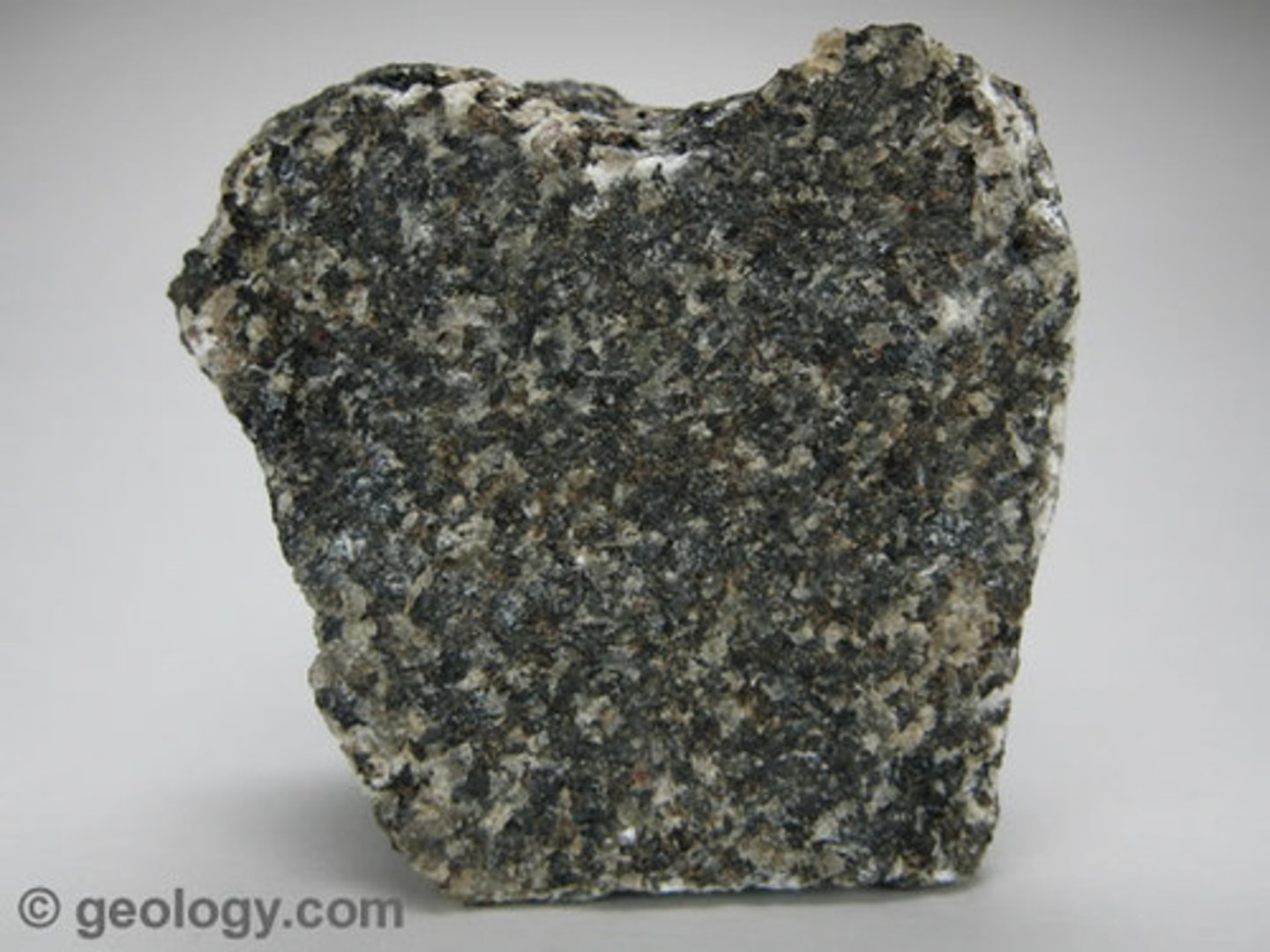
Granite
Igneous
Intrusive
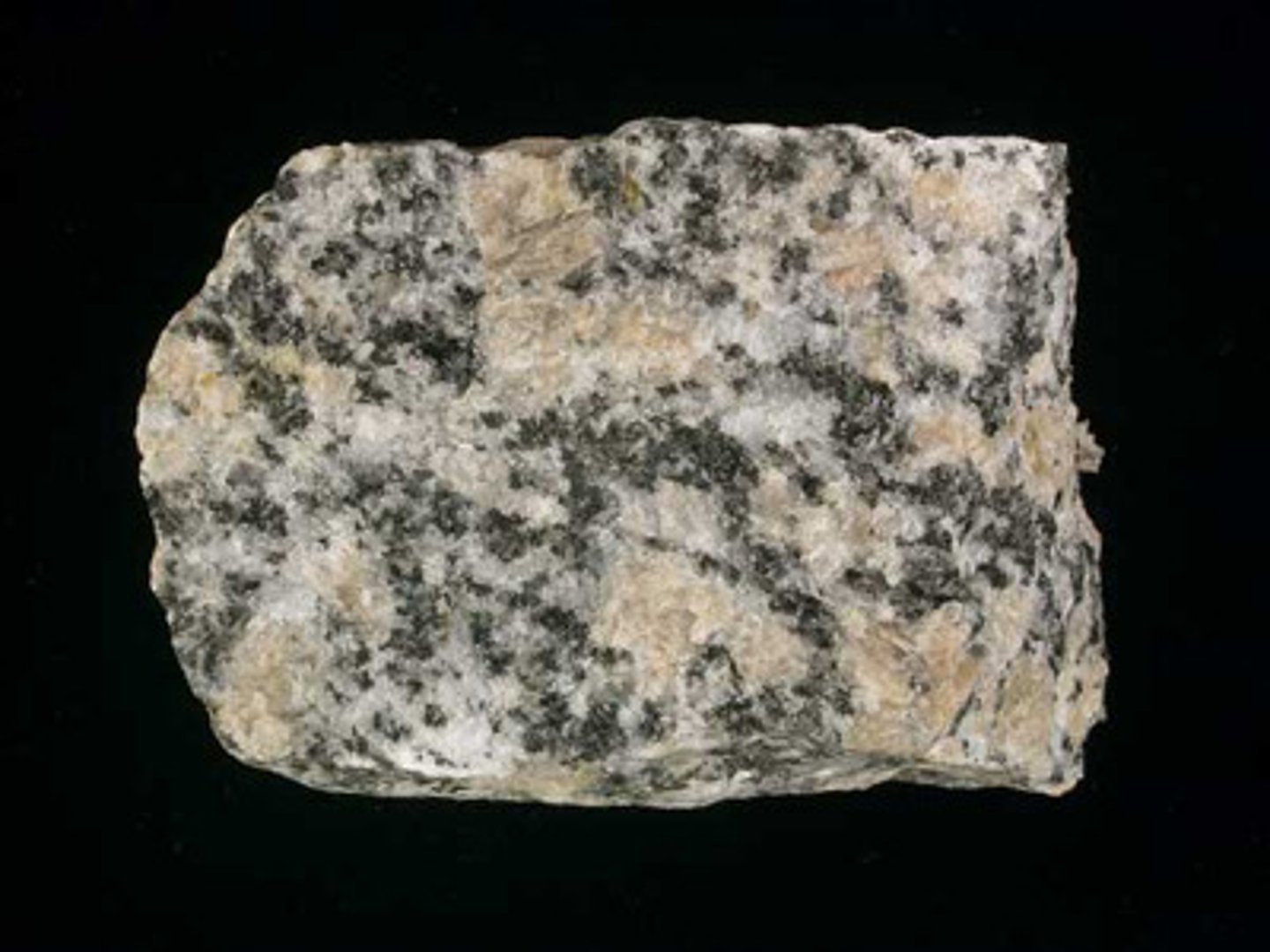
Obisidian
Igneous
Extrusive

Pegmatite
igneous
Porphyritic intrusive
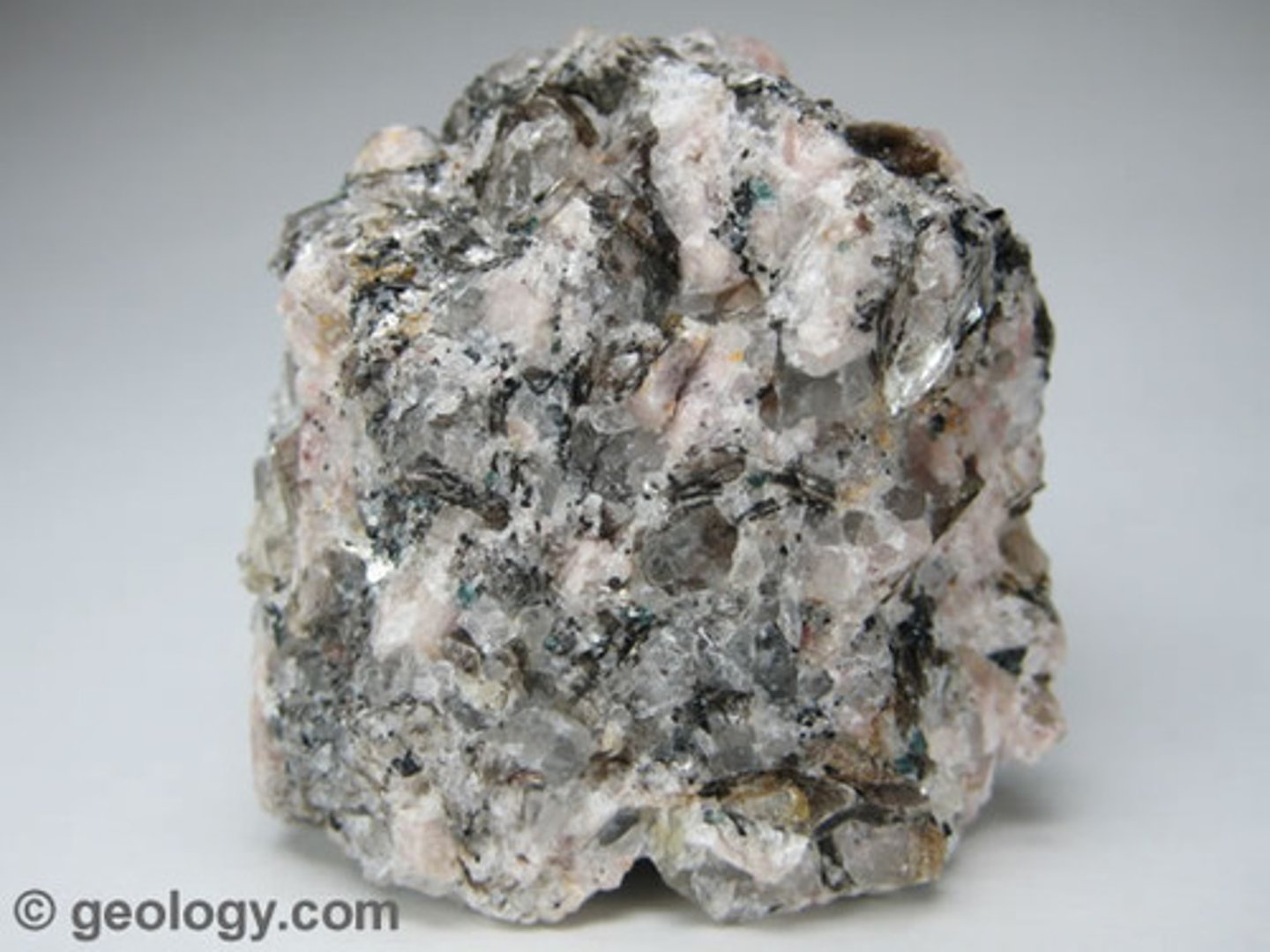
Pumice
Igneous
Extrusive
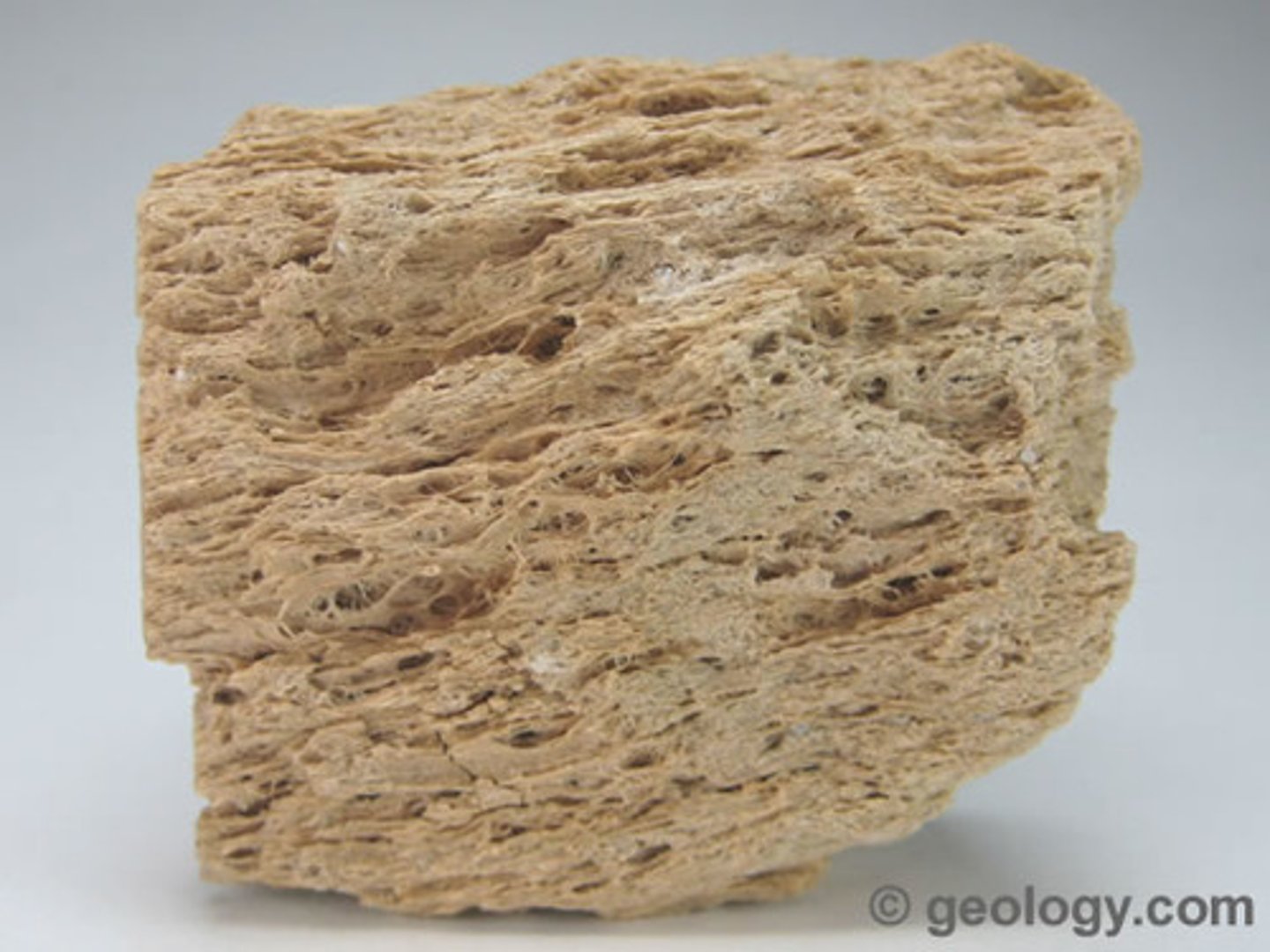
Rhyolite
Igneous
Extrusive
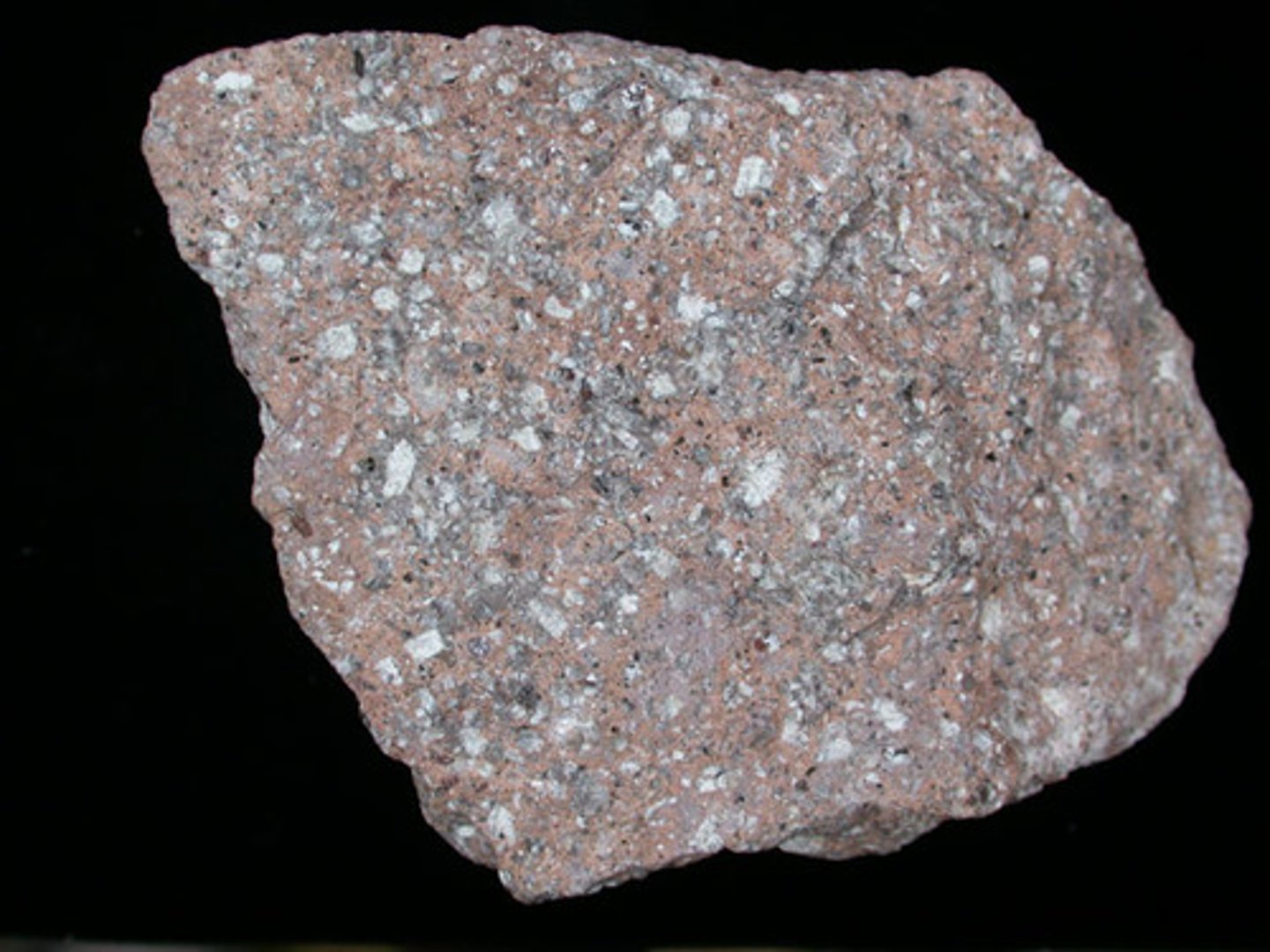
Scoria
Igneous
Extrusive

Clastic or Organic
What are the two types of sedimentary rocks?
Clastic rocks
a sedimentary rock, like sandstone, form from other rocks and minerals
Organic Rocks
a sedimentary rock, like limestone and coal, form from the bodies or shells of organisms
Anthracite Coal
Sedimentary
organic
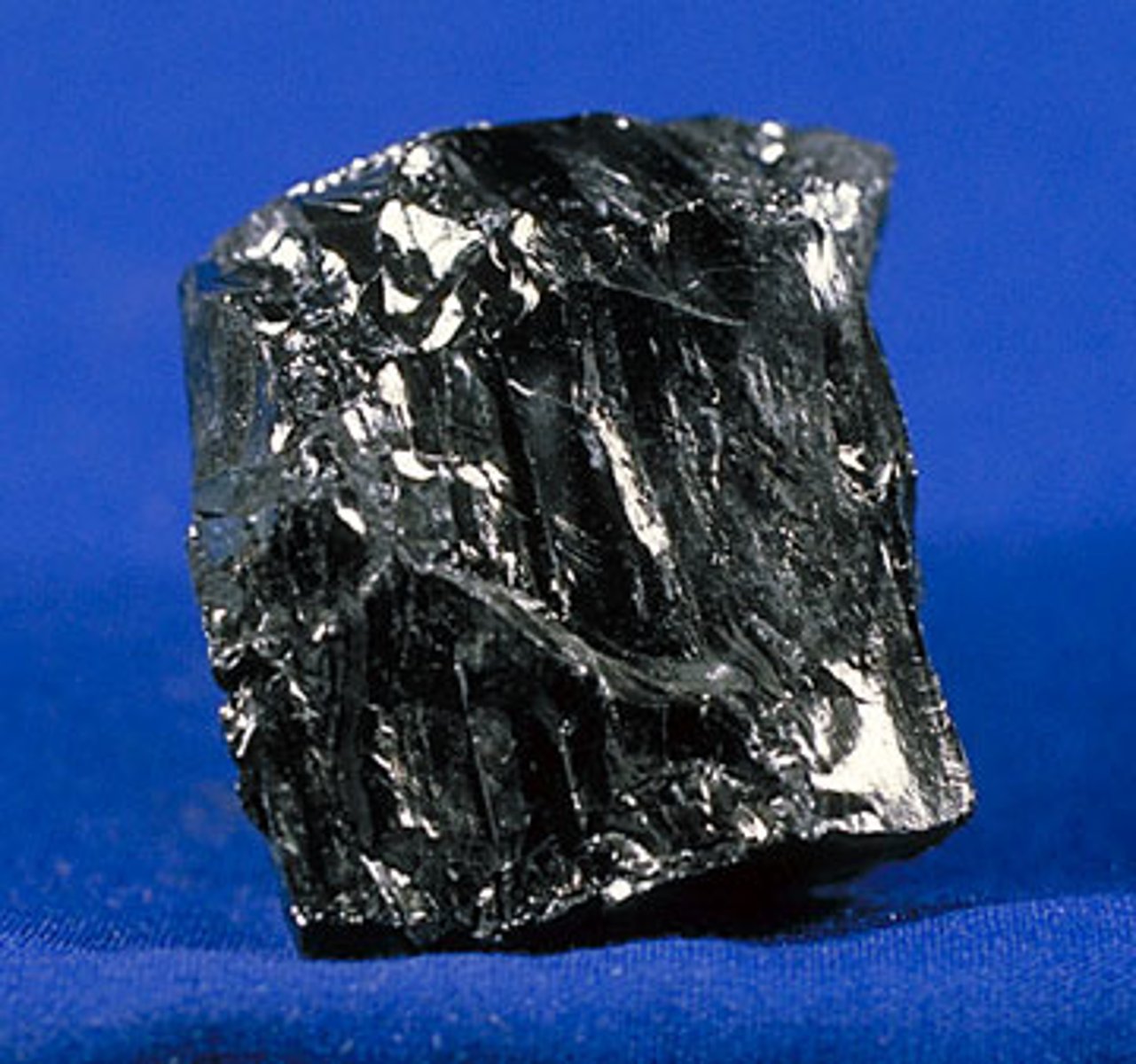
Arkose
Sedimentary
Clastic
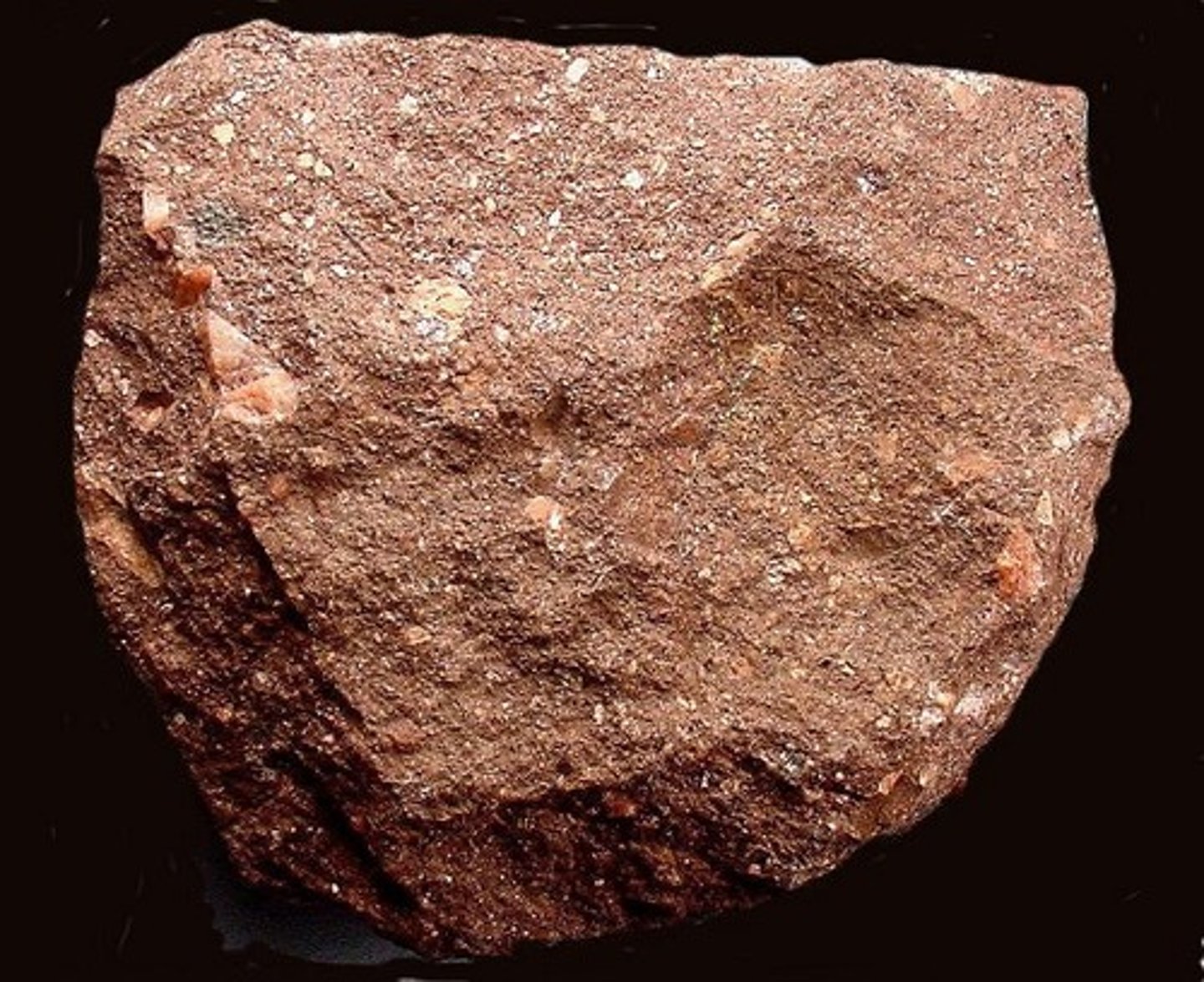
Bituminous Coal
Sedimentary
Organic
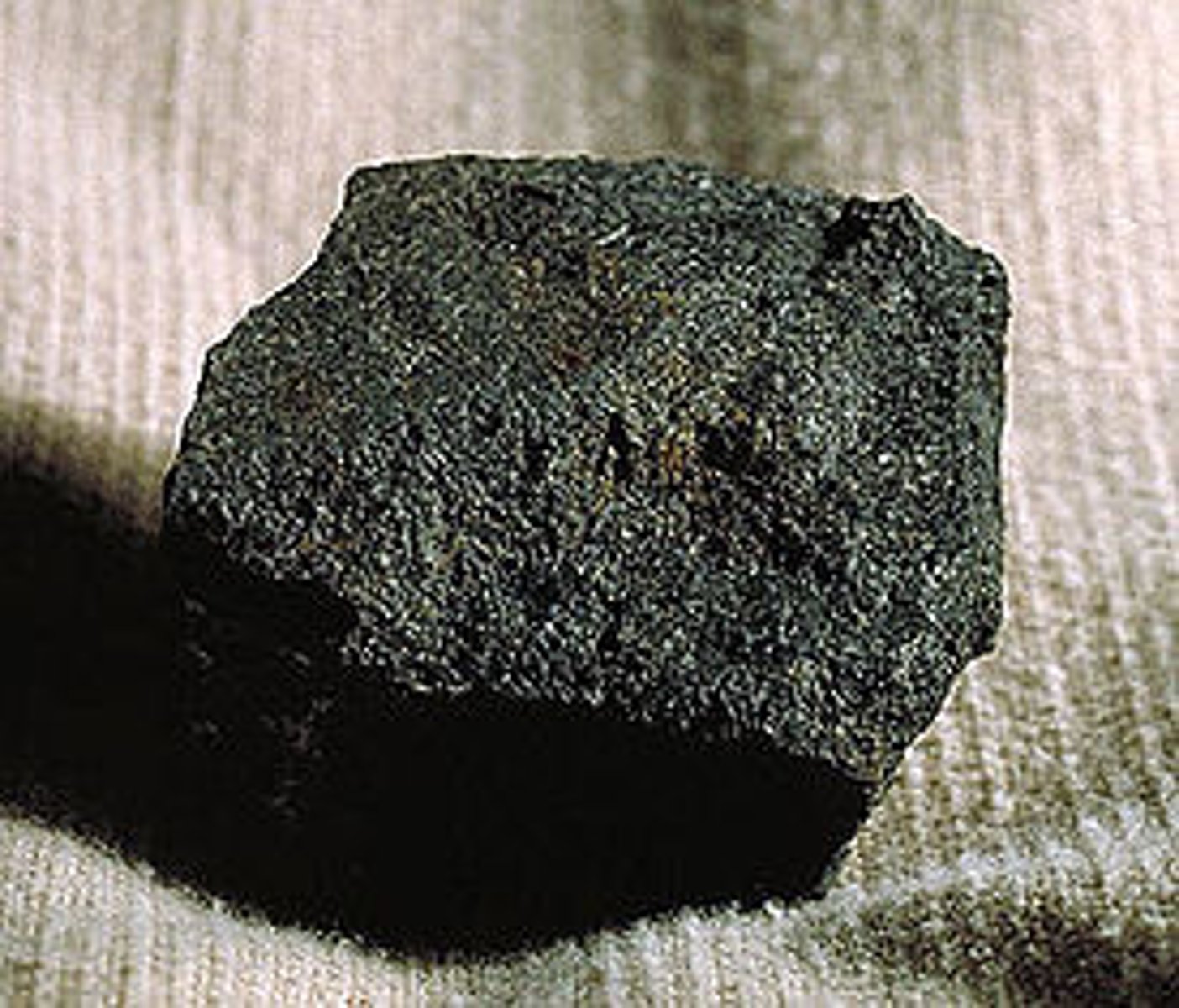
Breccia
Sedimentary
Clastic
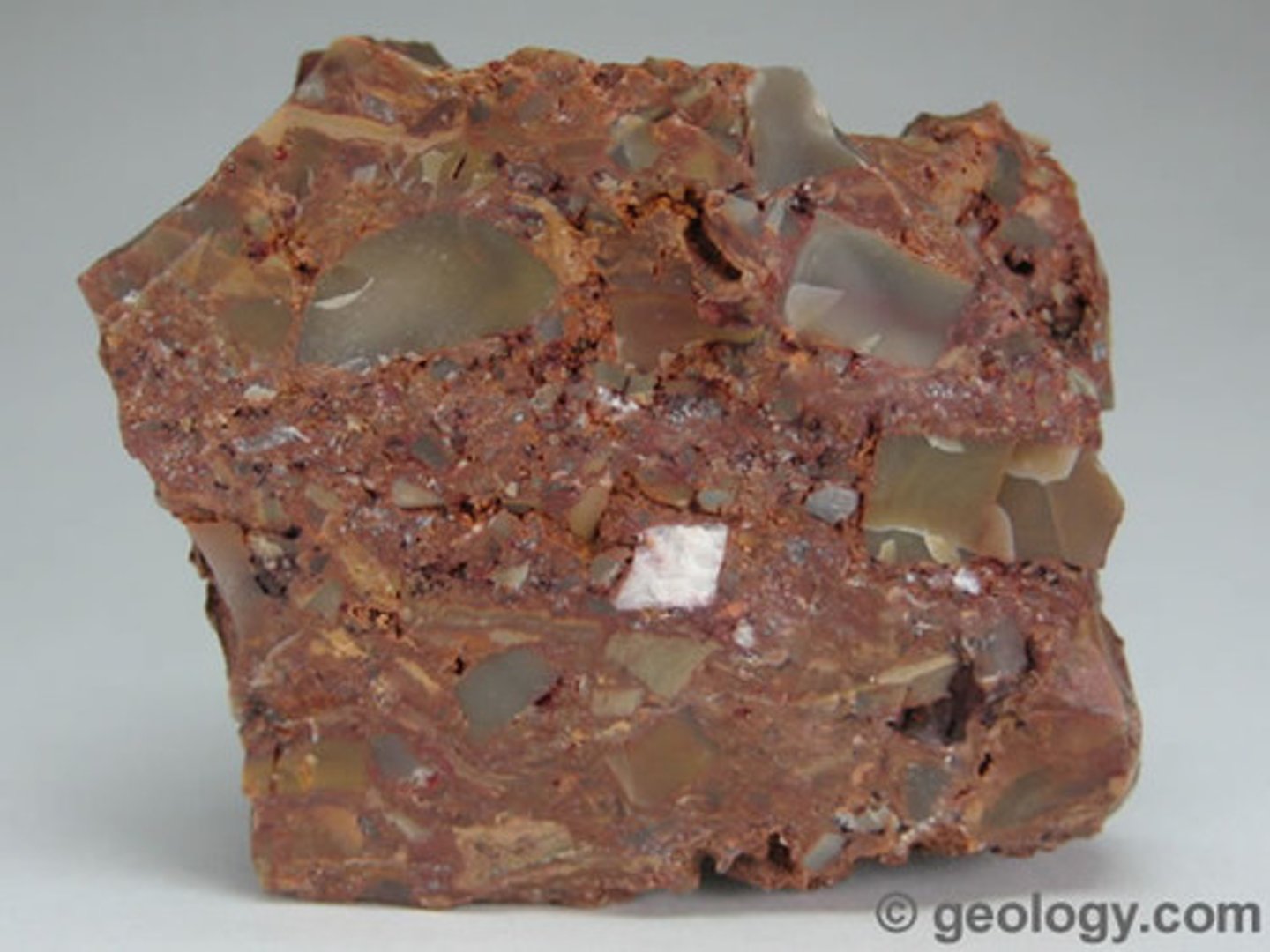
Conglomerate
Sedimentary
Clastic
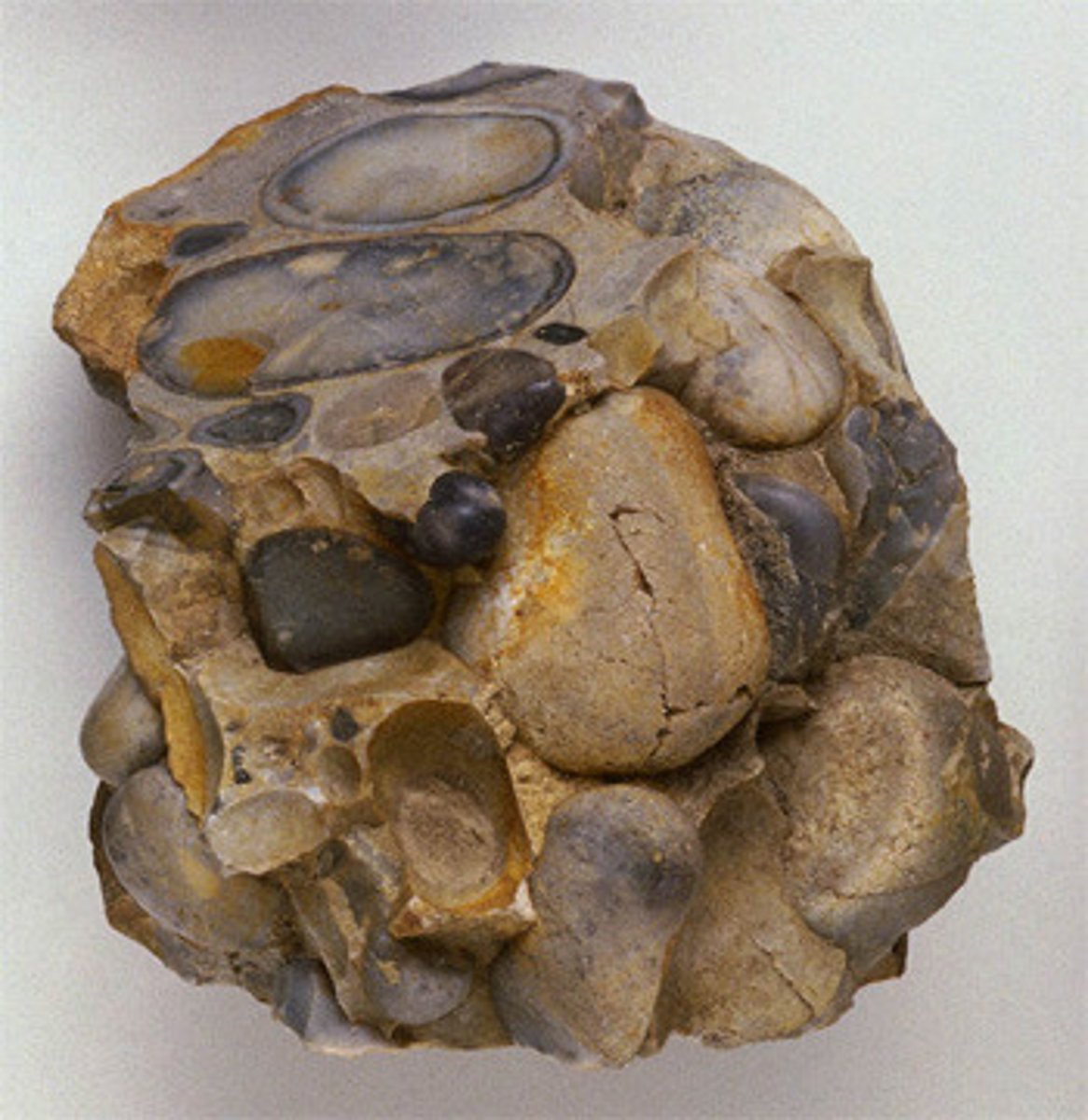
Coquina
Sedimentary
Organic
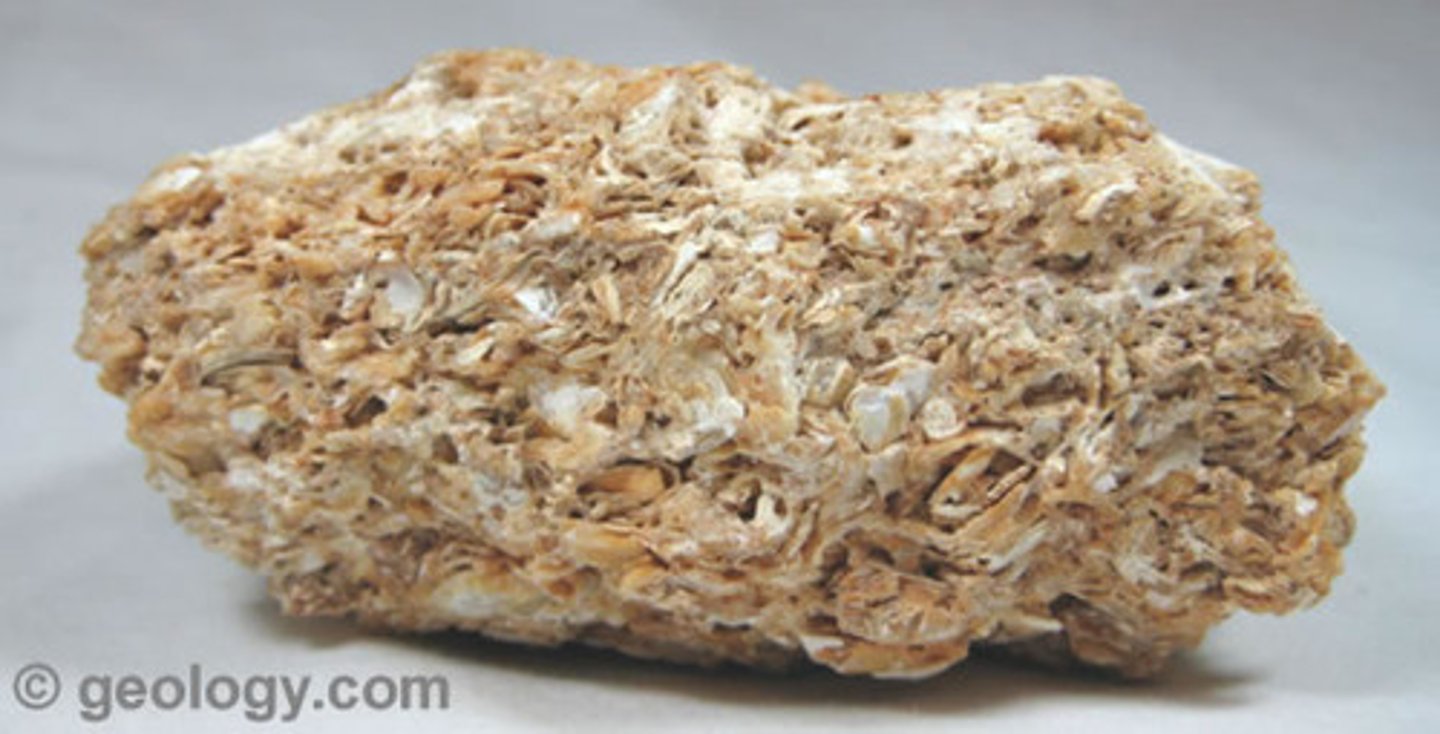
Diatomite
Sedimentary
Organic
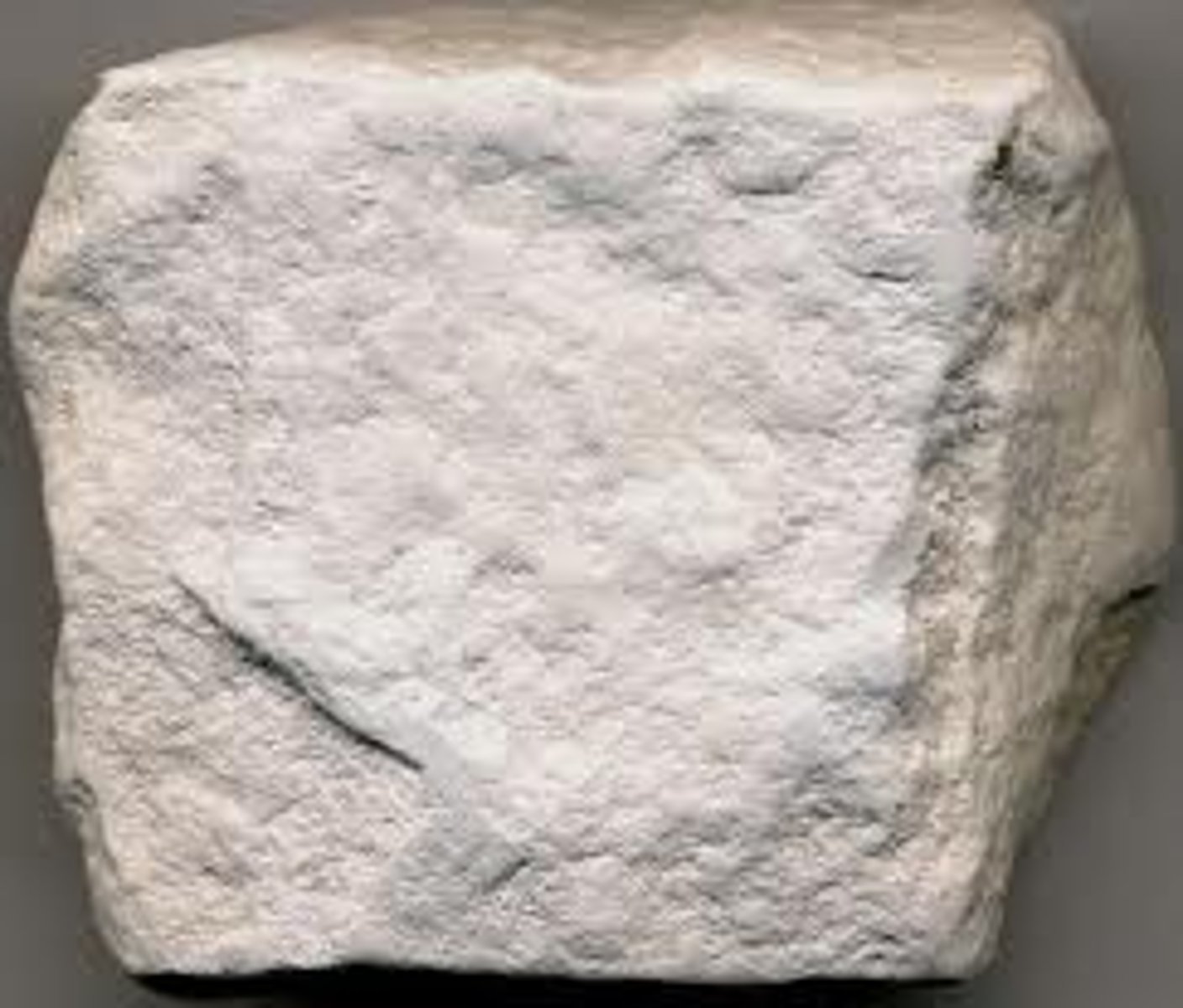
Dolomite/Dolostone
Sedimentary
Clastic
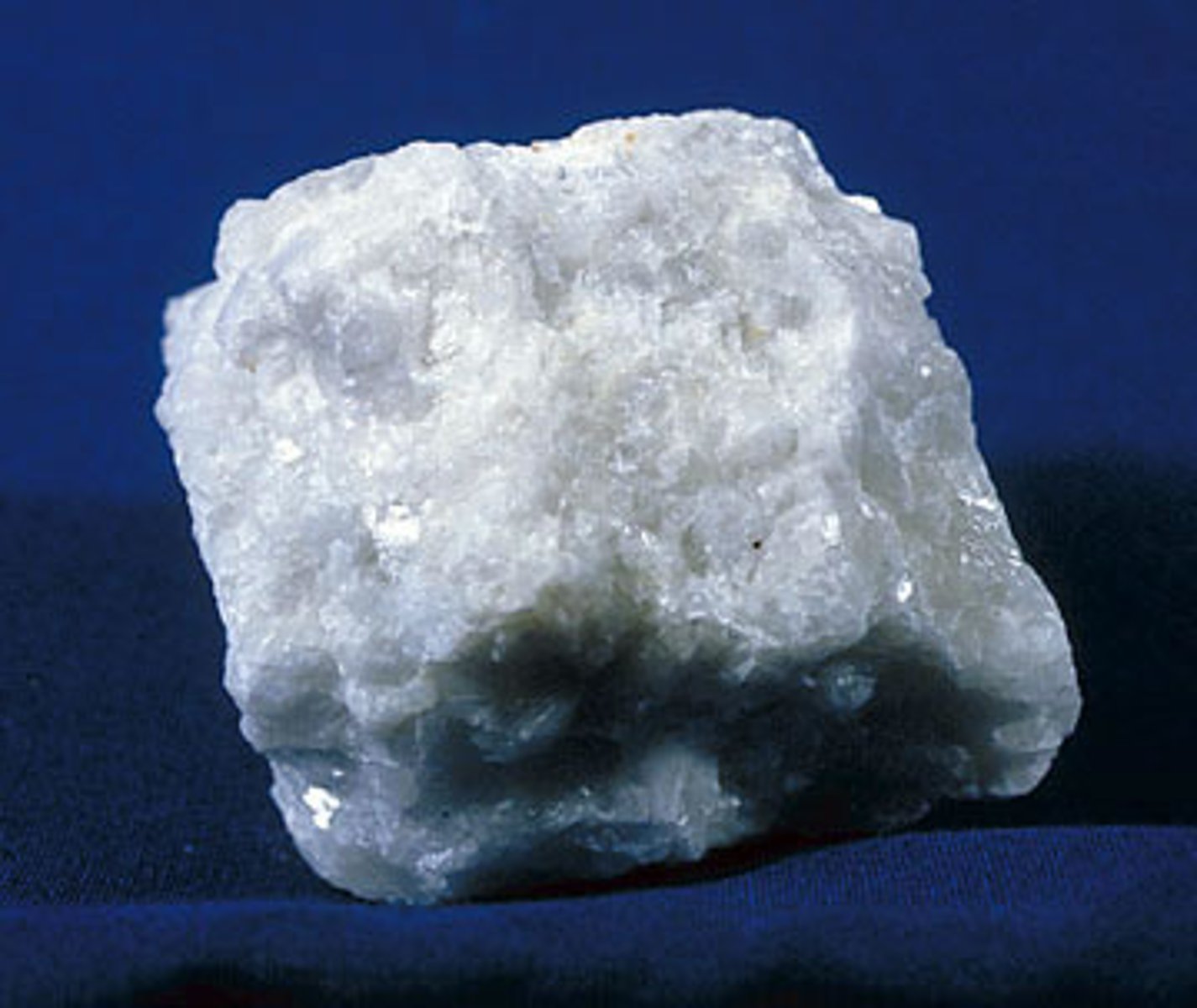
Lignite Coal
Sedimentary
Organic
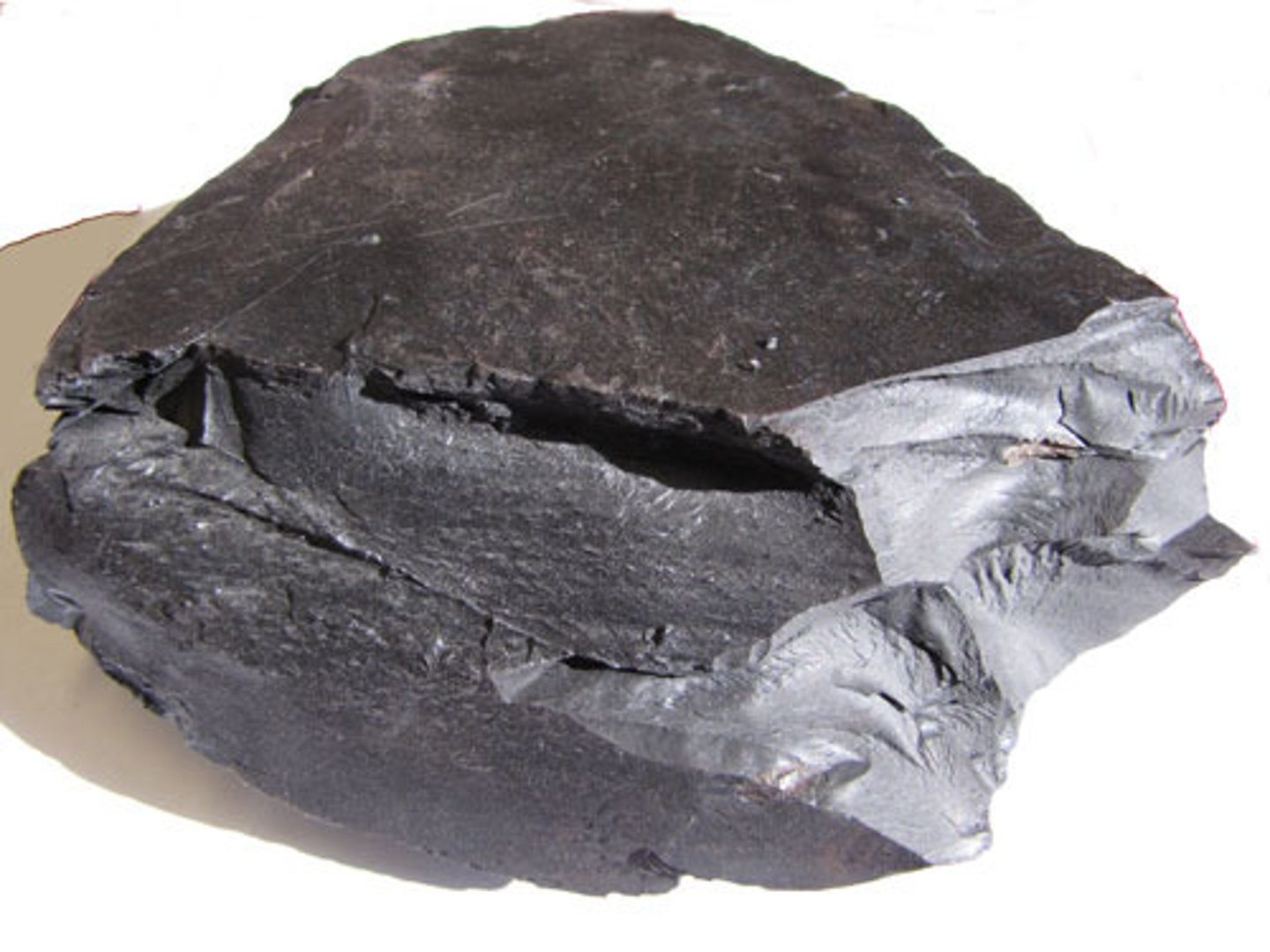
Limestone
Sedimentary
Clastic
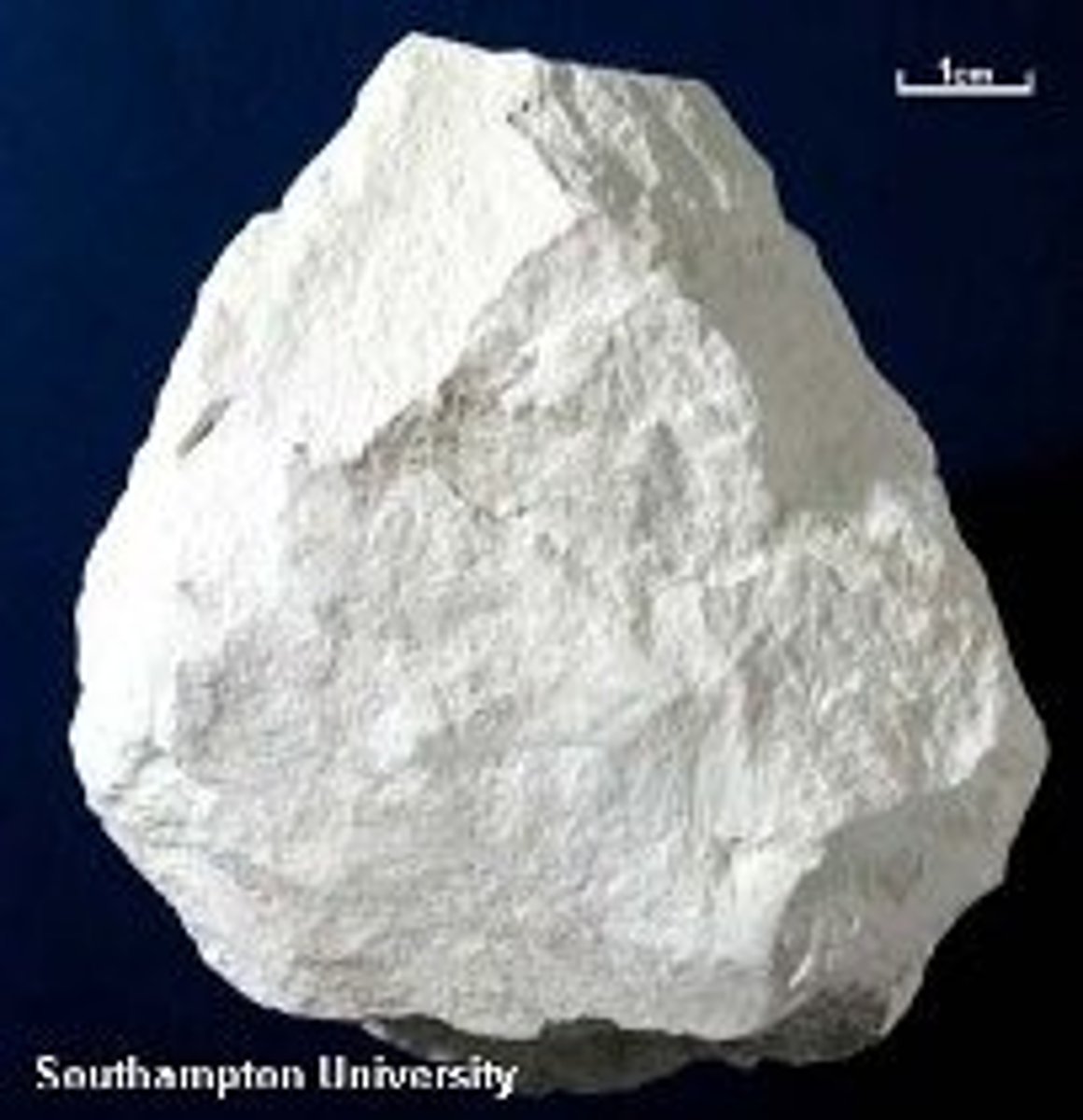
Sandstone
Sedimentary
Clastic
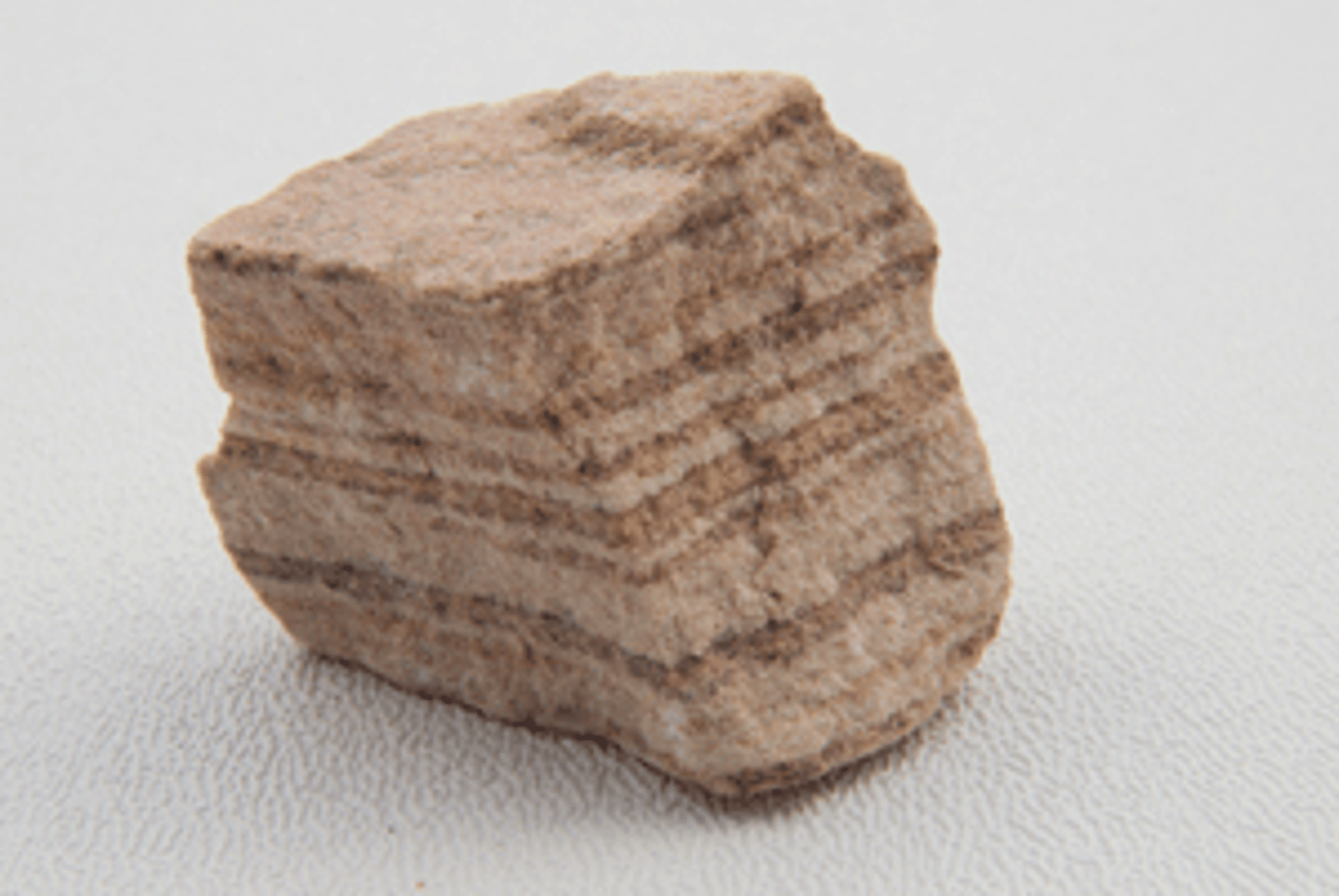
Shale
Sedimentary
Clastic
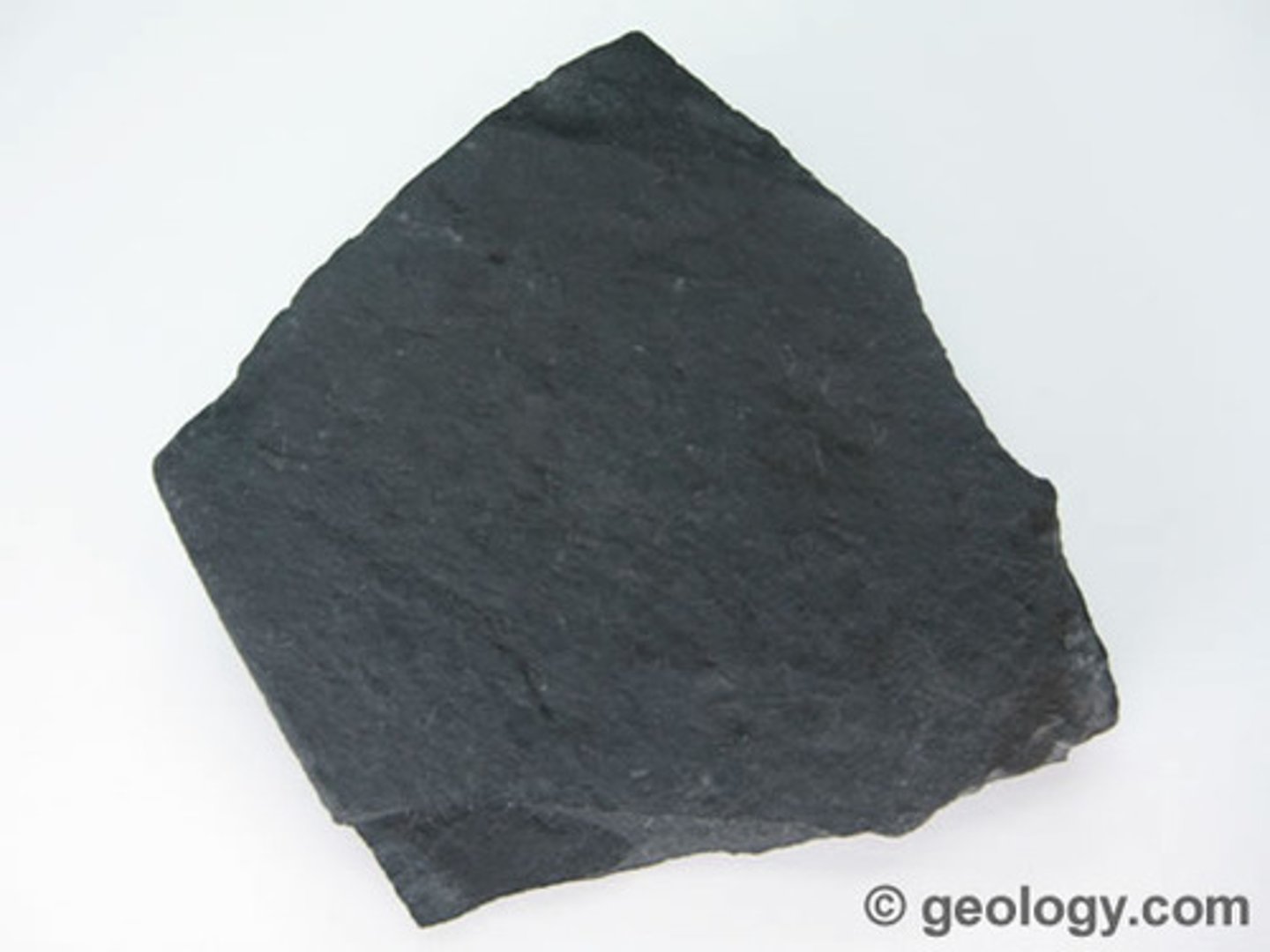
Gneiss
Metamorphic
Parent description: Can be formed from almost any other rock
Metamorphism: High grade metamorphism
Grain: Medium to coarse grained.
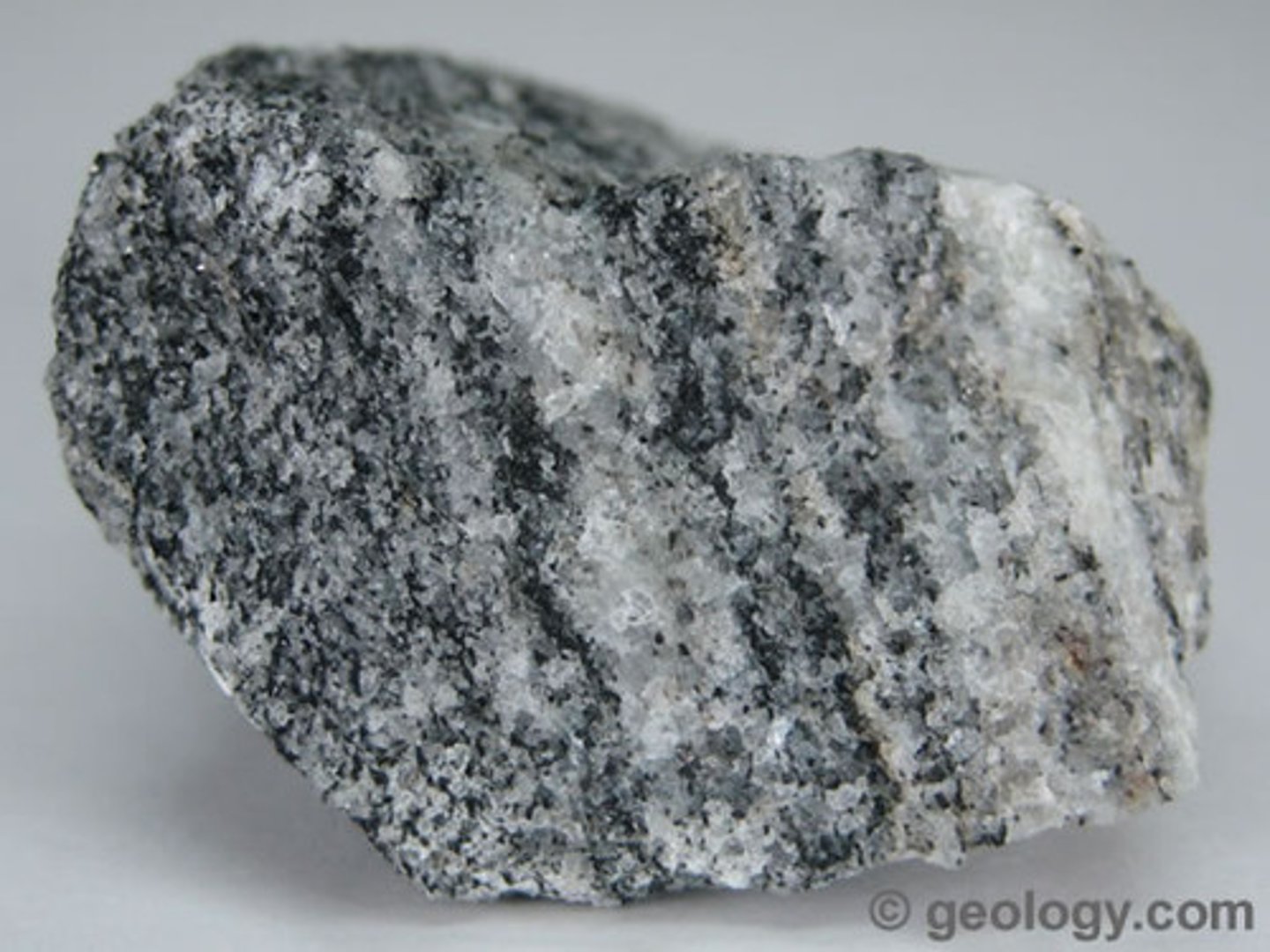
Marble
Metamorphic
Parent description: Calcite or limestone
Metamorphism: The metamorphism of limestone or dolomite
Grain: Fine to medium grained
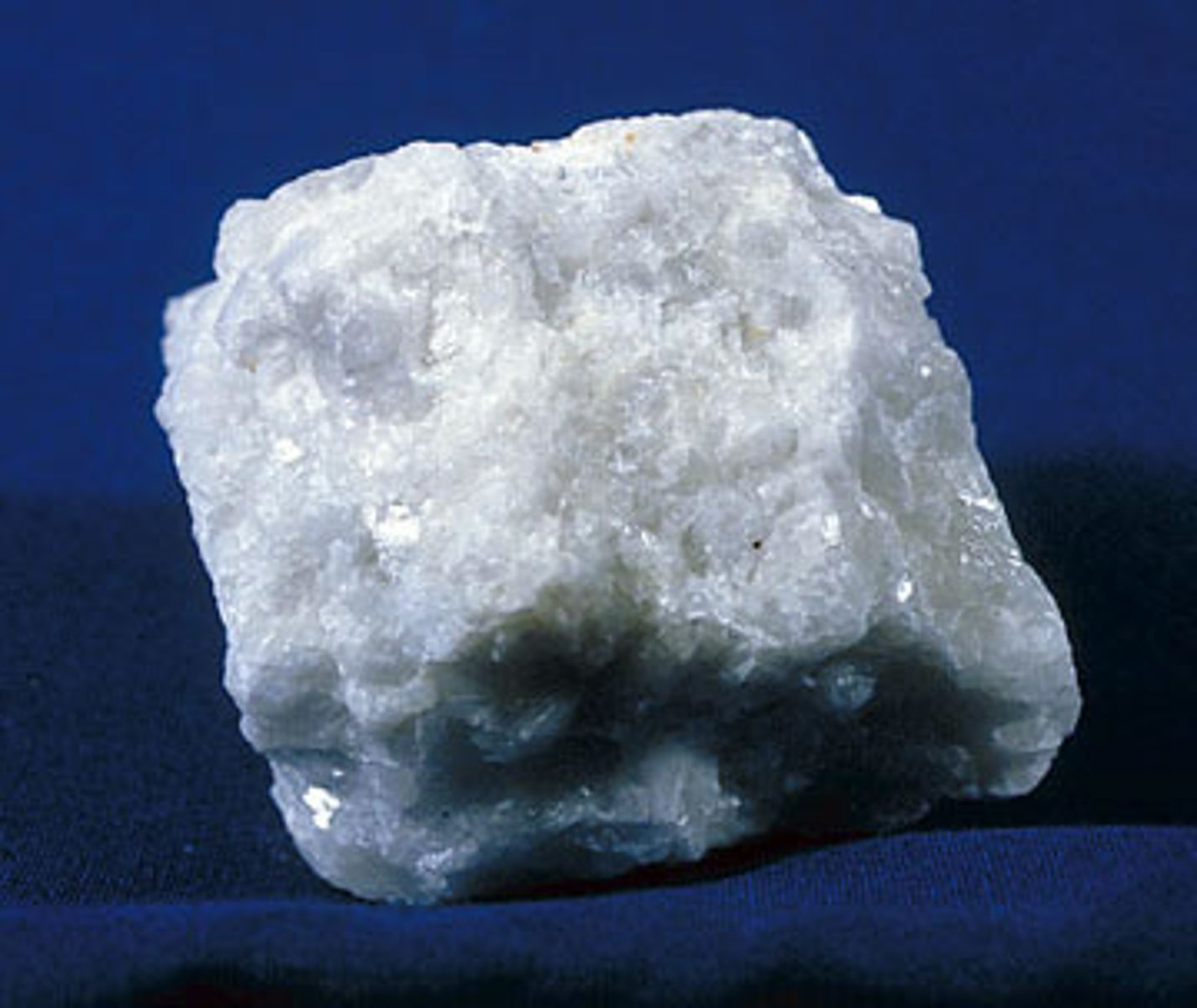
Phyllite
Metamorphic
Parent description: Slate
Metamorphism: N/A
Grain: Very fine grains, wavy bands
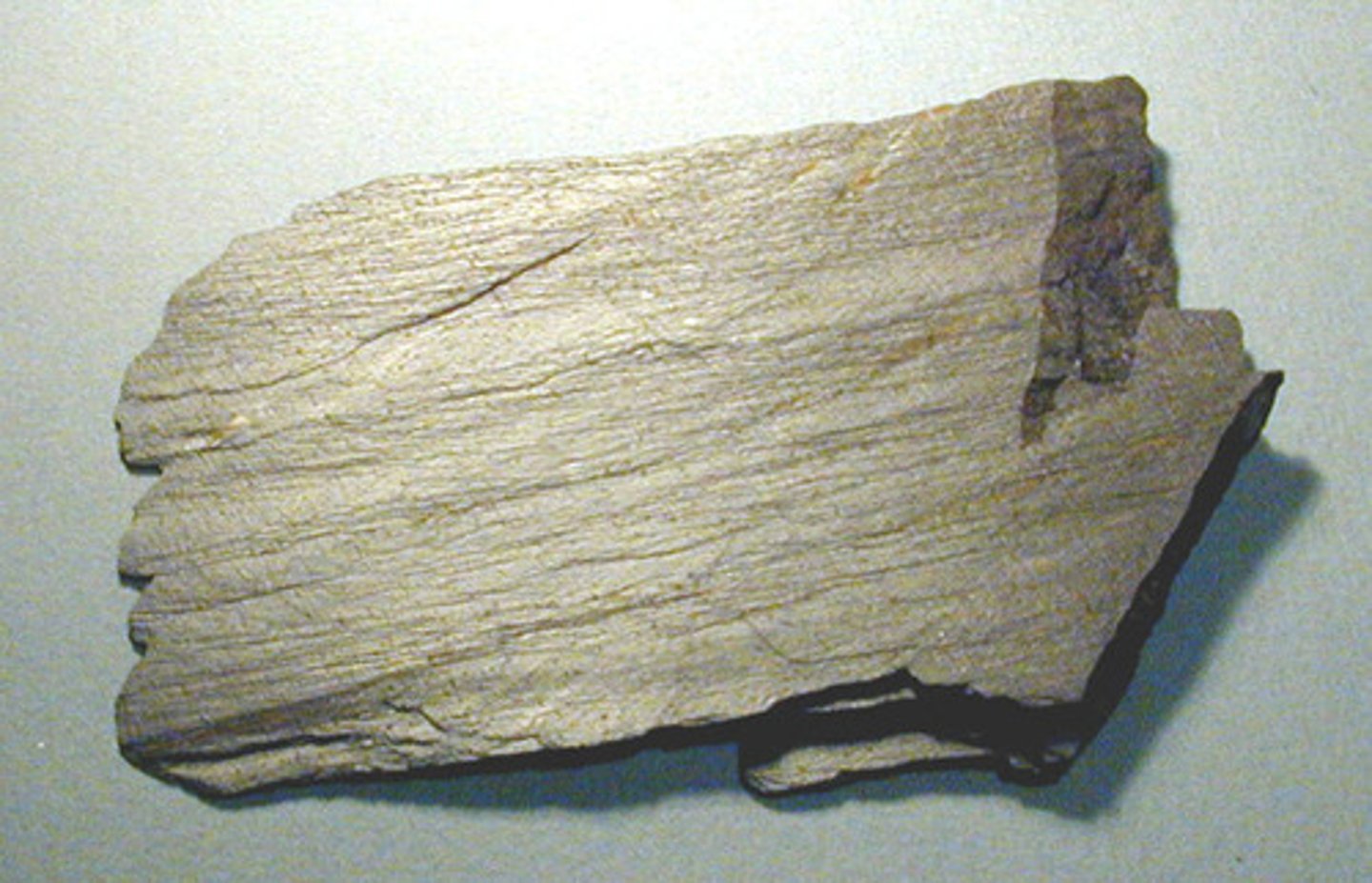
Schist
Metamorphic
Parent description: Almost any rock
Metamorphism: N/A
Grain: Garnet Schist- Contains fairly large garnet inclusions. Mica Schist- Very shiny because of diorite inclusions.

Quartzite
Metamorphic
Parent description: Pure sedimentary rocks
Metamorphism: The metamorphism of sandstone
Grain: Fairly small particles
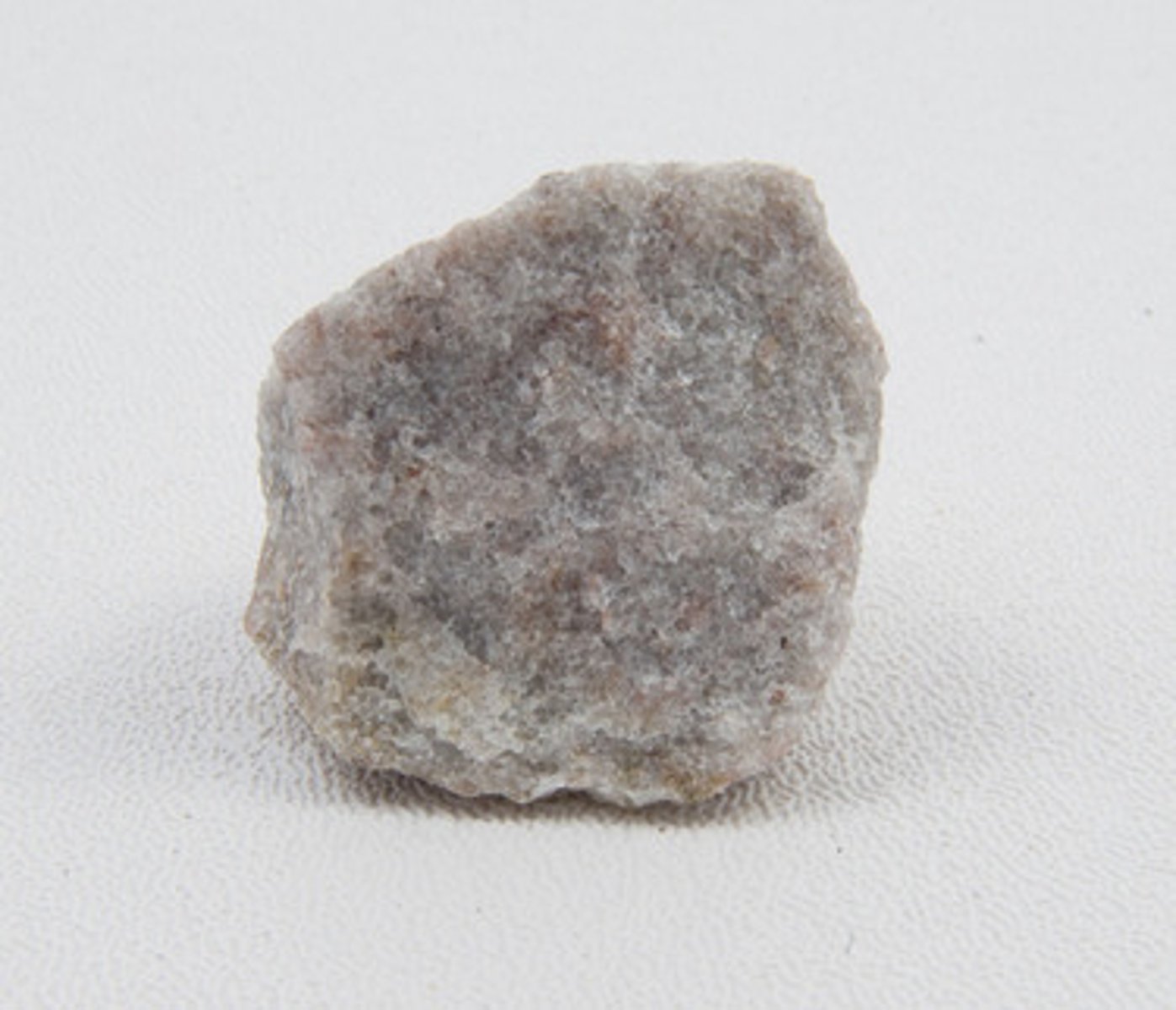
Slate
Metamorphic
Parent description: Shale
Metamorphism: Low grade metamorphism
Grain: Very small particles
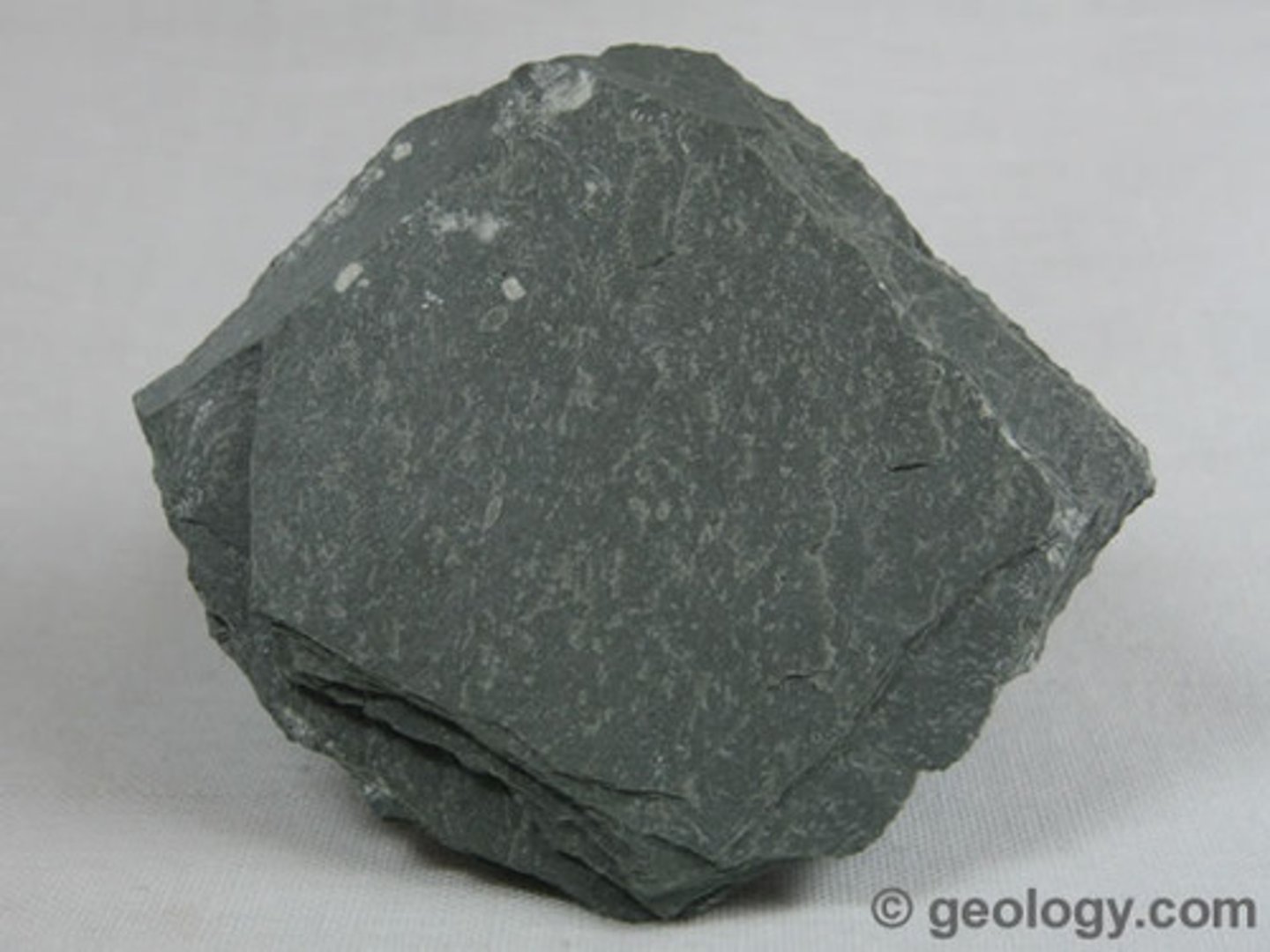
chemical and crystal
By definition minerals must have what kind of structures?
group, formula, color, streak, luster, crystal structure, cleavage, fracture, hardness, and specific gravity
What are the ten characteristics of minerals?
Their chemical make-up
What are mineral groups based on?
Native elements
MInerals composed of a single element, pure element
Sulfides
minerals composed of sulfur, arsenic, tellurium, or selenium
Oxides and Hyroxides
MInerals containing oxygen compounds
Halides
minerals containing sodium, chlorine, fluorine, iodine, or bromine
Carbonates and Borates
MInerals containing the carbonate or borate groups
Sulfates
minerals containing the sulfate group
Silicates and Tectosilicates
minerals containing the element silicon
streak
is the color when a rock is rubbed across an unglazed piece of porcelain
luster
the way a mineral reflects light
crystal structure
the basic shape of a mineral as it grows.
isometric
Three axes of symmetry, all at right angles to one another, and all of equal lengths. Sometimes called cubic.
tetragonal
Three axes of symmetry, all at right angles to one another, two of the same length and one shorter
Hexagonal (Trigonal) *sometimes considered separate things
Four axes of symmetry; three are of equal length and lie in the same plane at 120 degrees, the other can be any length and lies at right angles to the others.
Orthorhombic
Three axes, all at right angles to one another, of three different lengths.
monoclinic
Three unequal axes, two at right angles, and the other inclined.
triclinic
Three unequal axes, none of which are at right angles to any others.
Cleavage
When a mineral has the tendency to break along smooth, flat surfaces, it has
Perfect Cleavage
If the break is perfectly smooth and shiny, it is said to have what kind of cleavage?
Good, distinct, or poor
What are the three ways to describe cleavage?
fracture
the way a mineral breaks
uneven, hackly (sharp, jagged surface like broken metal), splintery, or conchoidal (shell-like).
What are the four ways a fracture is described?
To test two minerals against each other, try to scratch each mineral with the other in an inconspicuous place. If they both scratch each other, they have the same hardness. If only one causes a scratch, it is the hardest. Or, you can use common objects to see if the scratch or can be scratched by a mineral.
How is Moh scale determined?
the mass of one gram of the mineral to the mass of one gram of water.
what does specific gravity compare?
Specific Gravity
how dense a mineral is
"light" (usually less than 3.5) or "heavy" (greater than 4)
What is the scale of specific gravity?
Albite
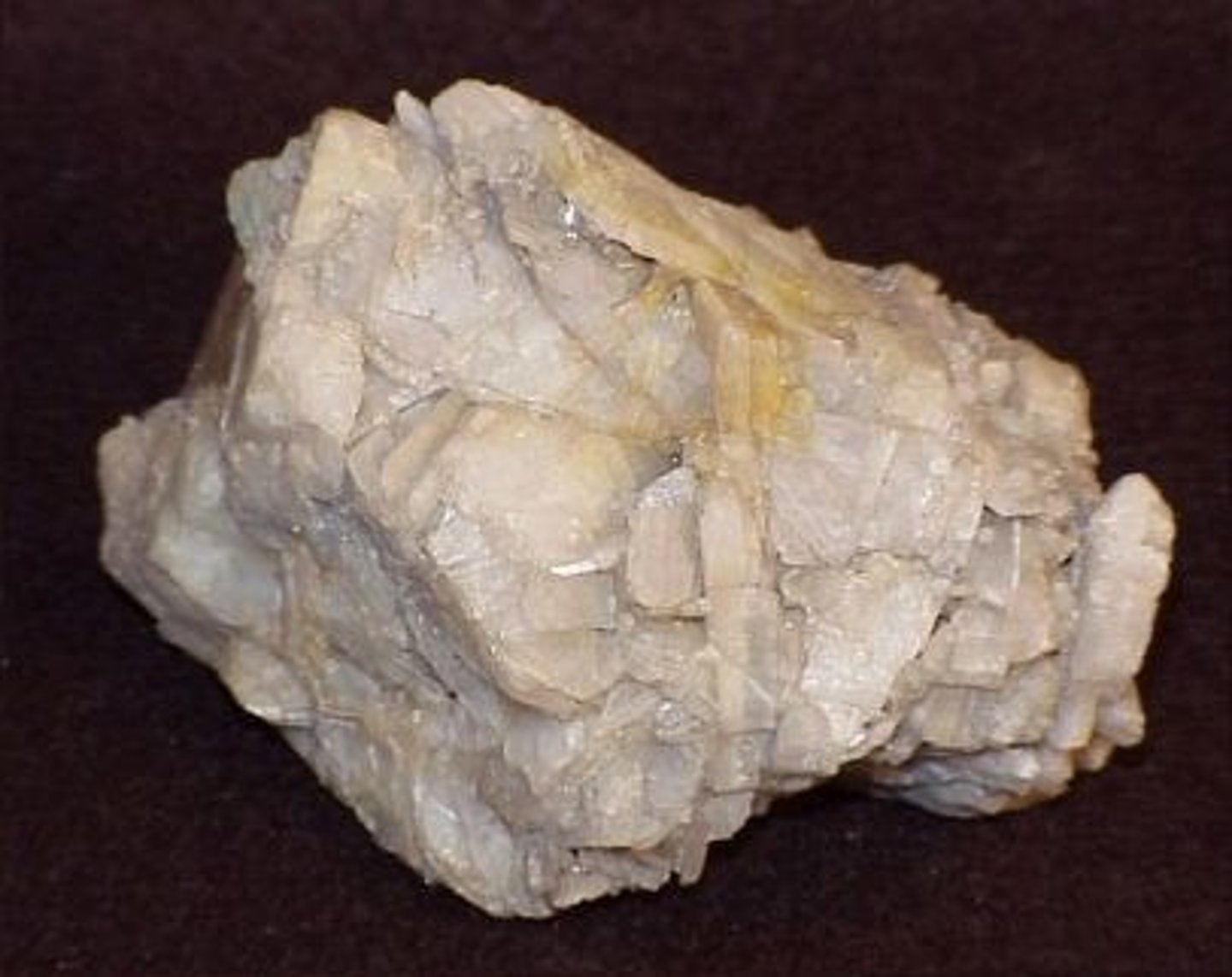
Almandine
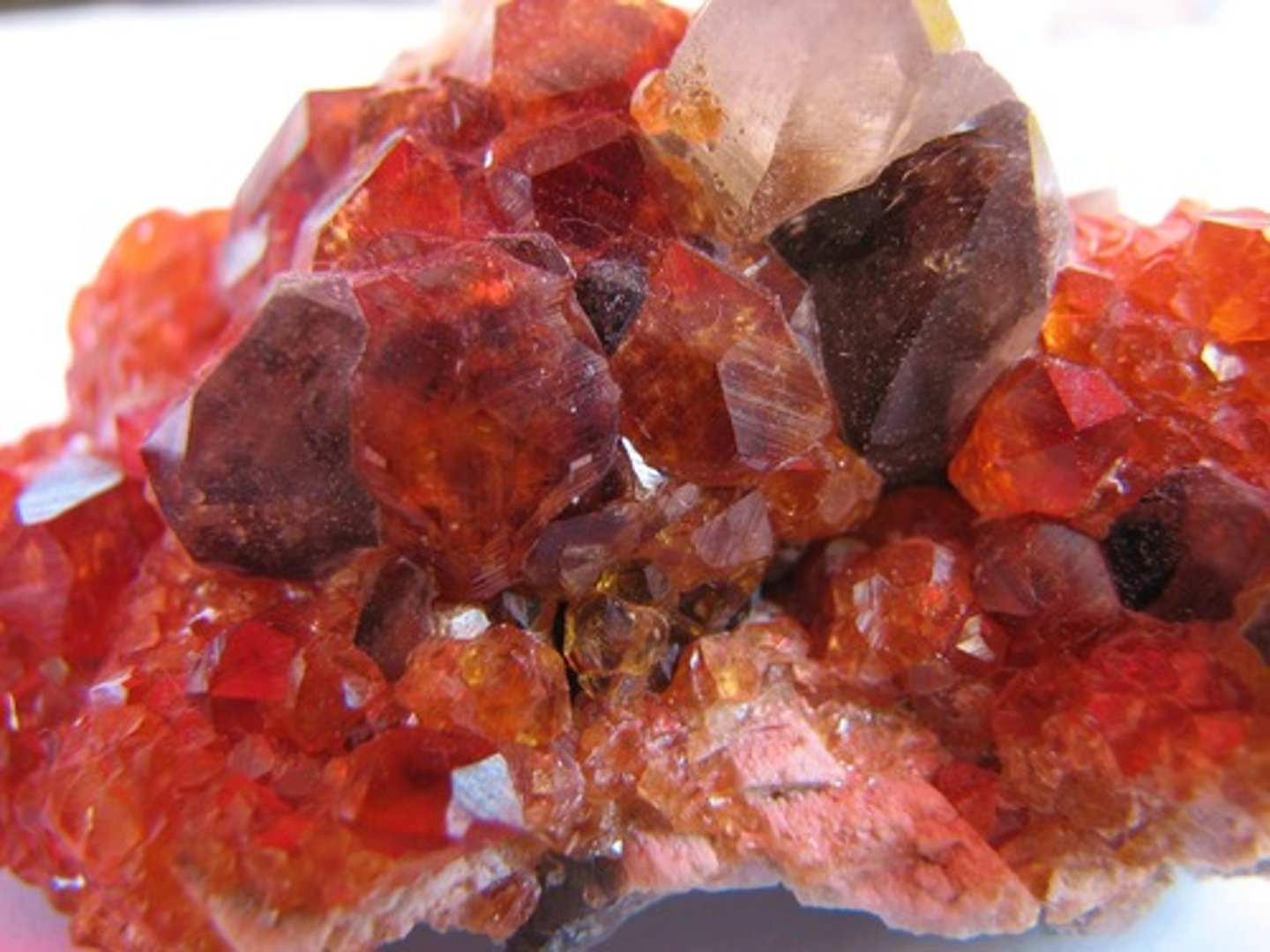
Amazonite
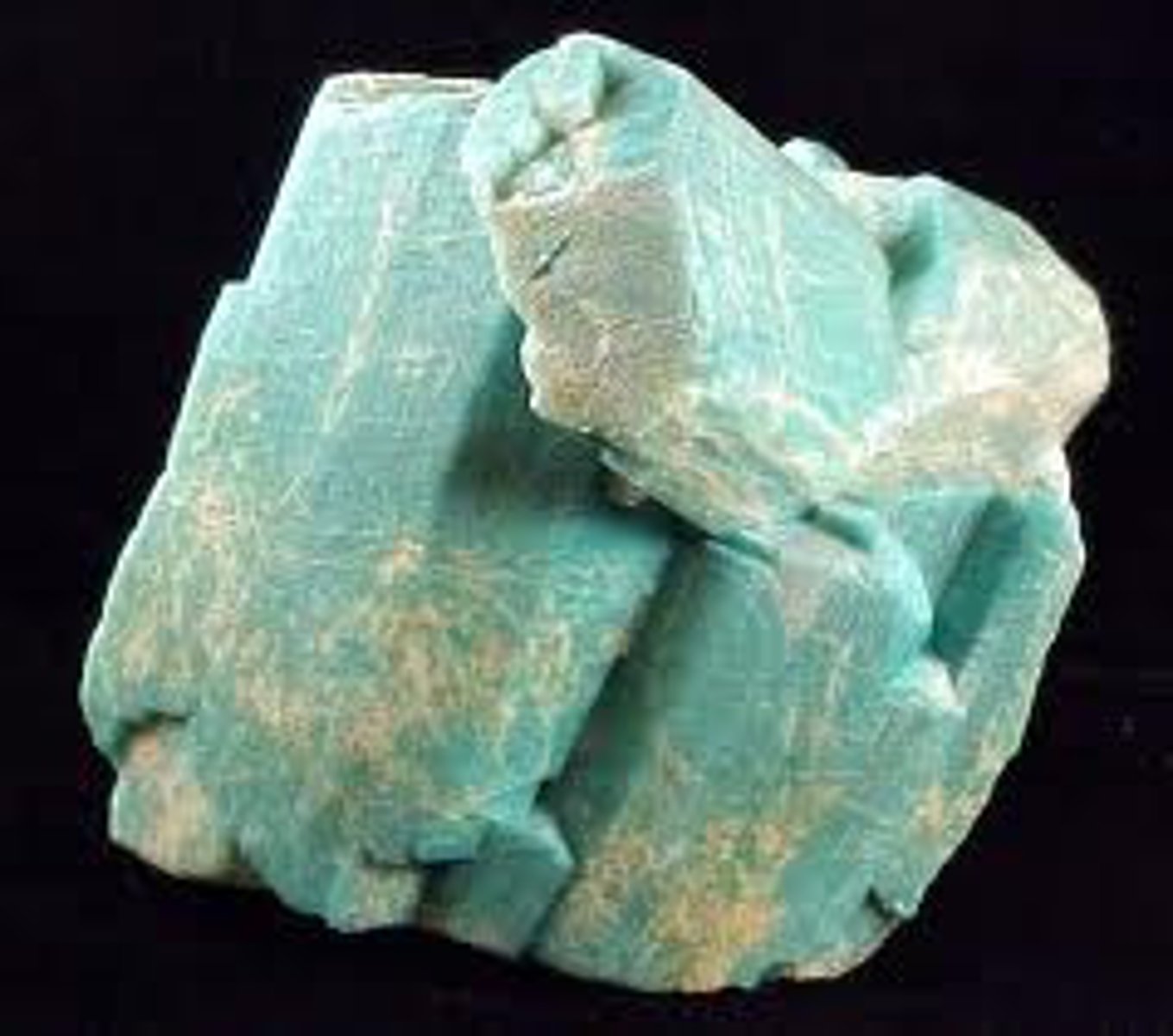
Apatite
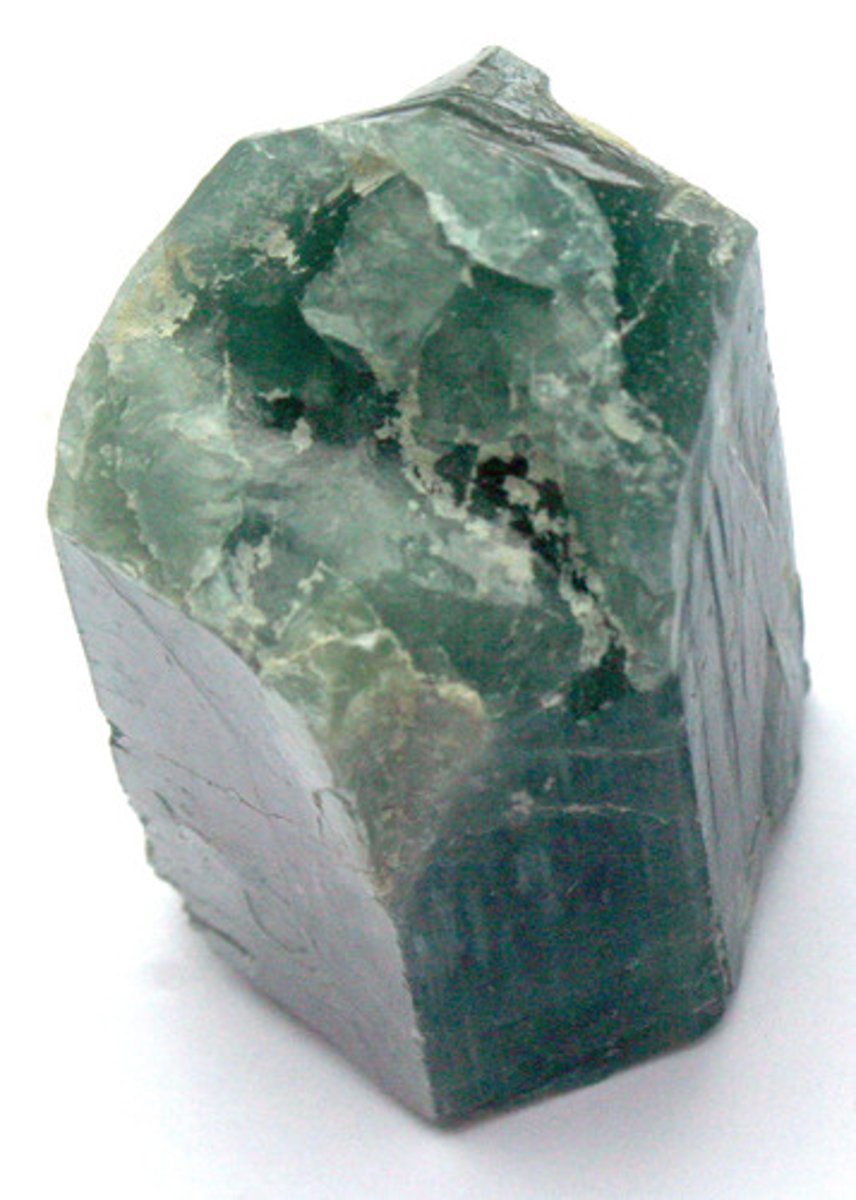
Aragonite
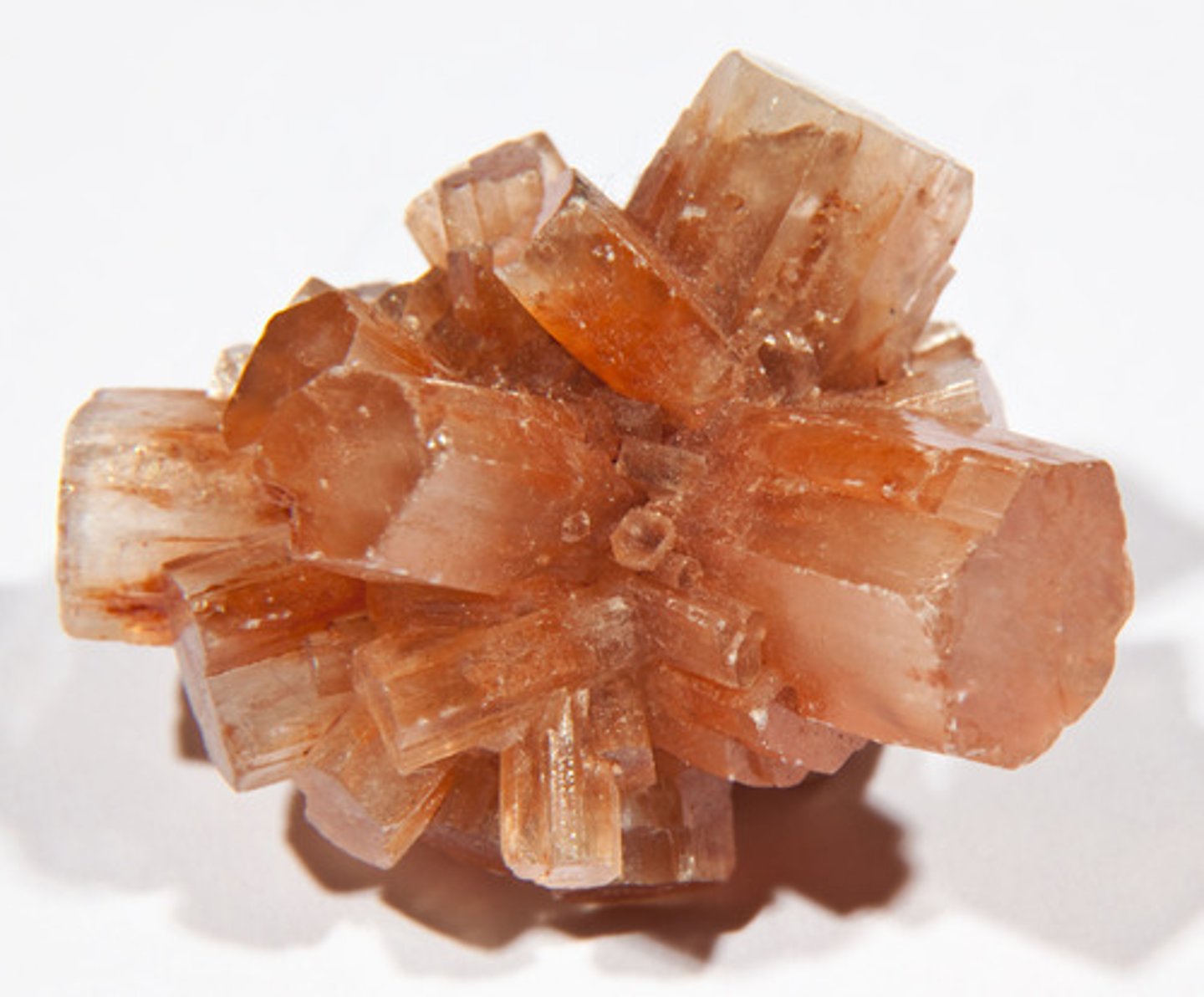
Augite
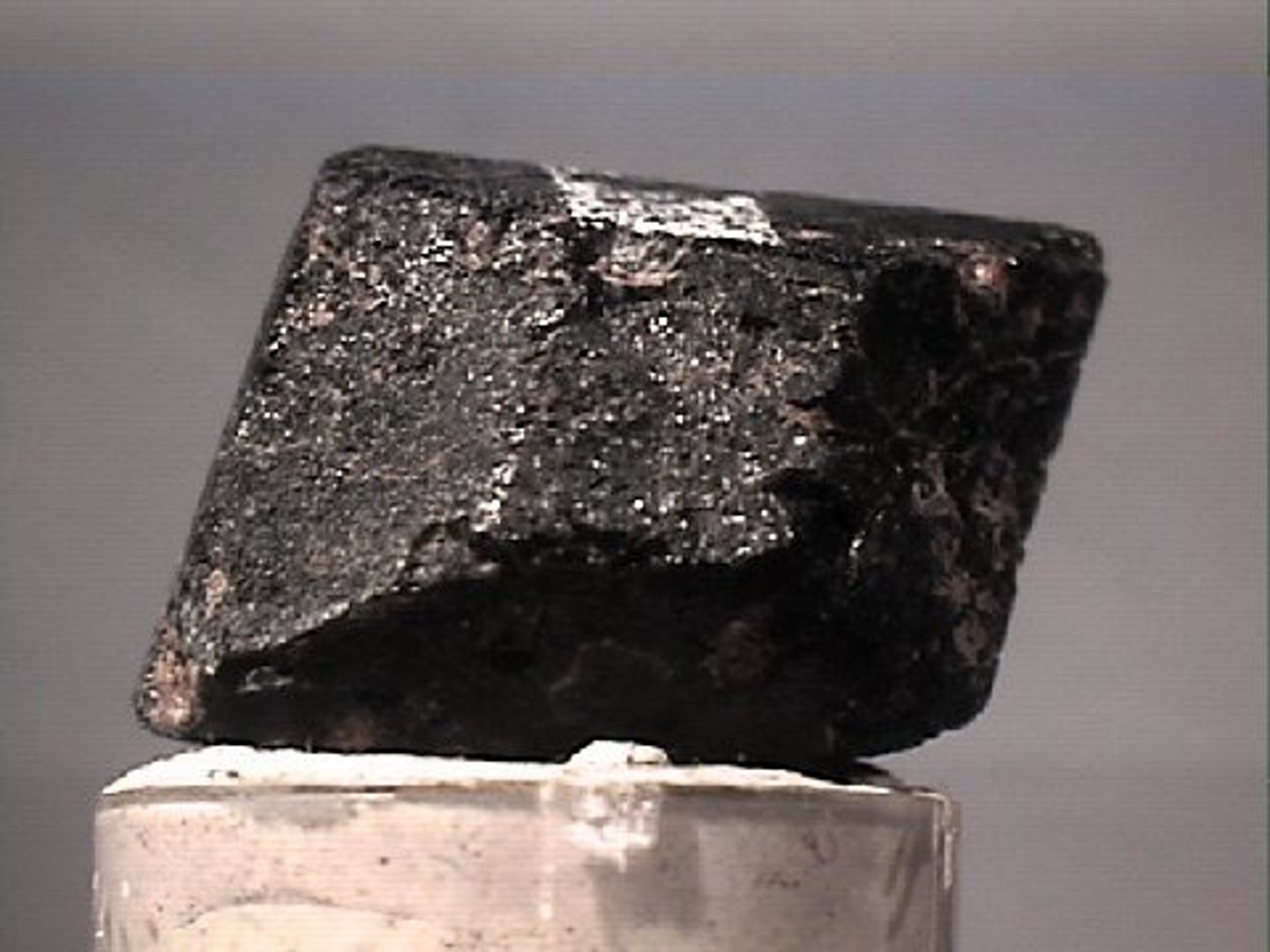
Azurite
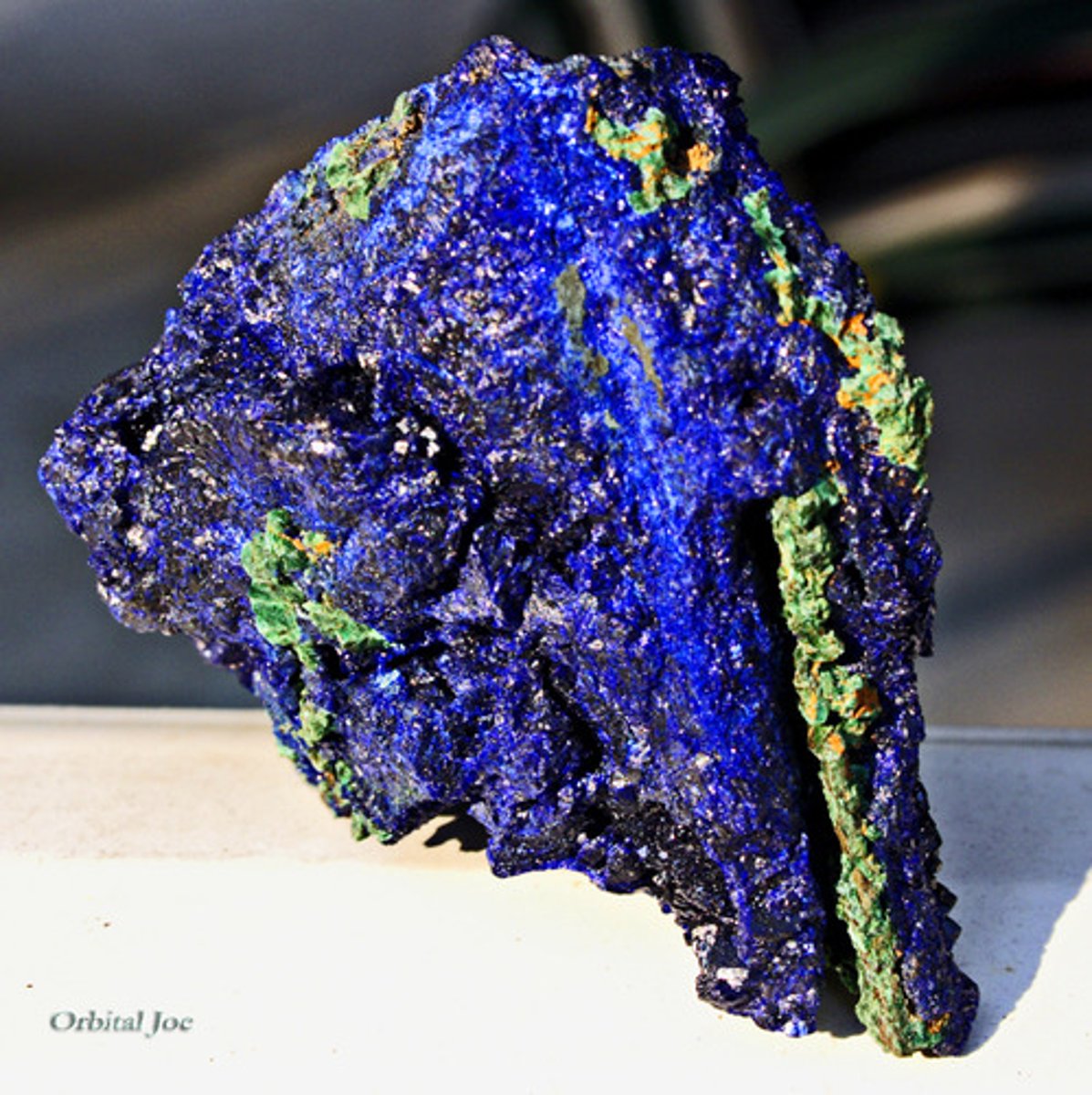
Bauxite
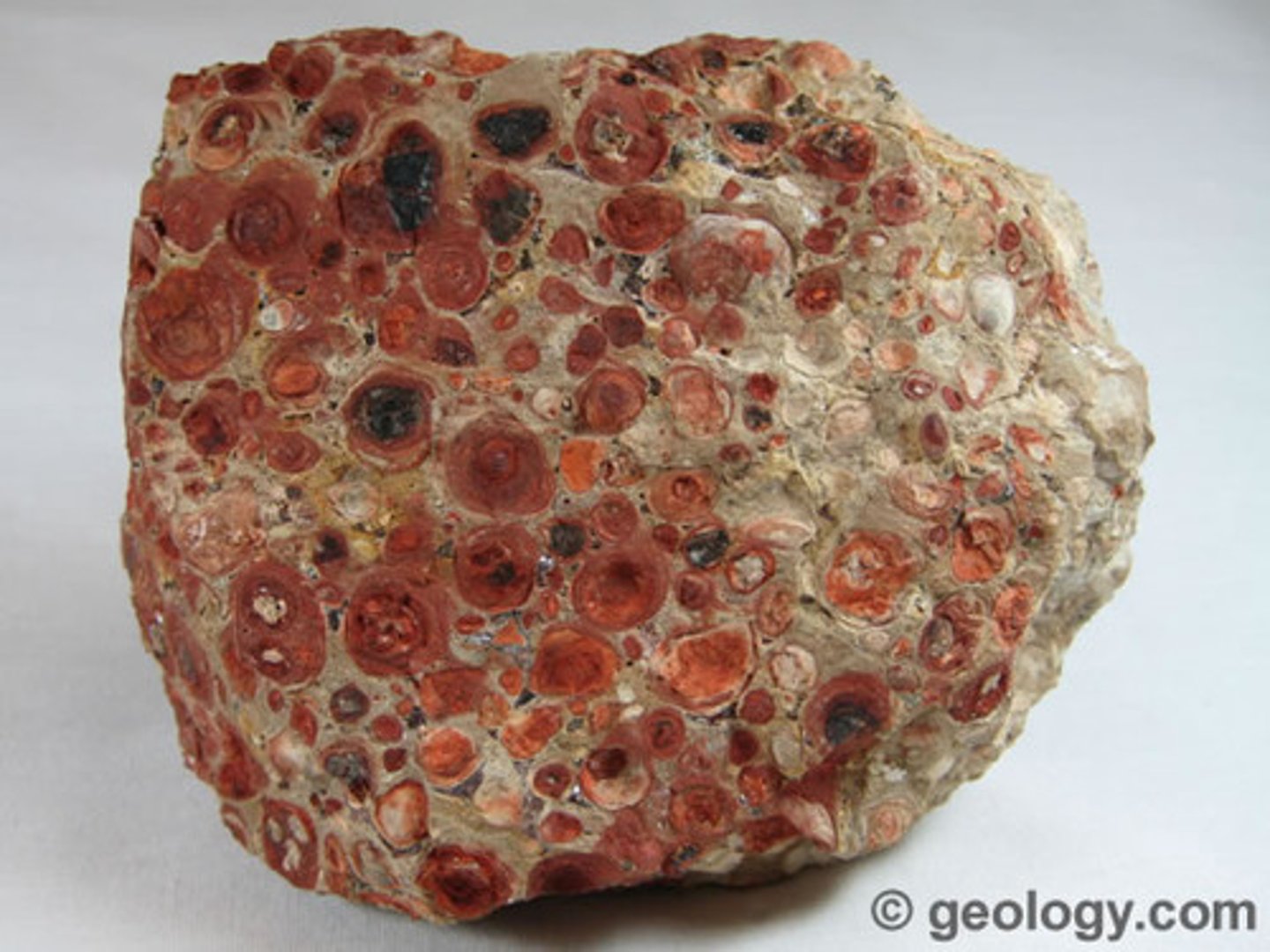
Barite
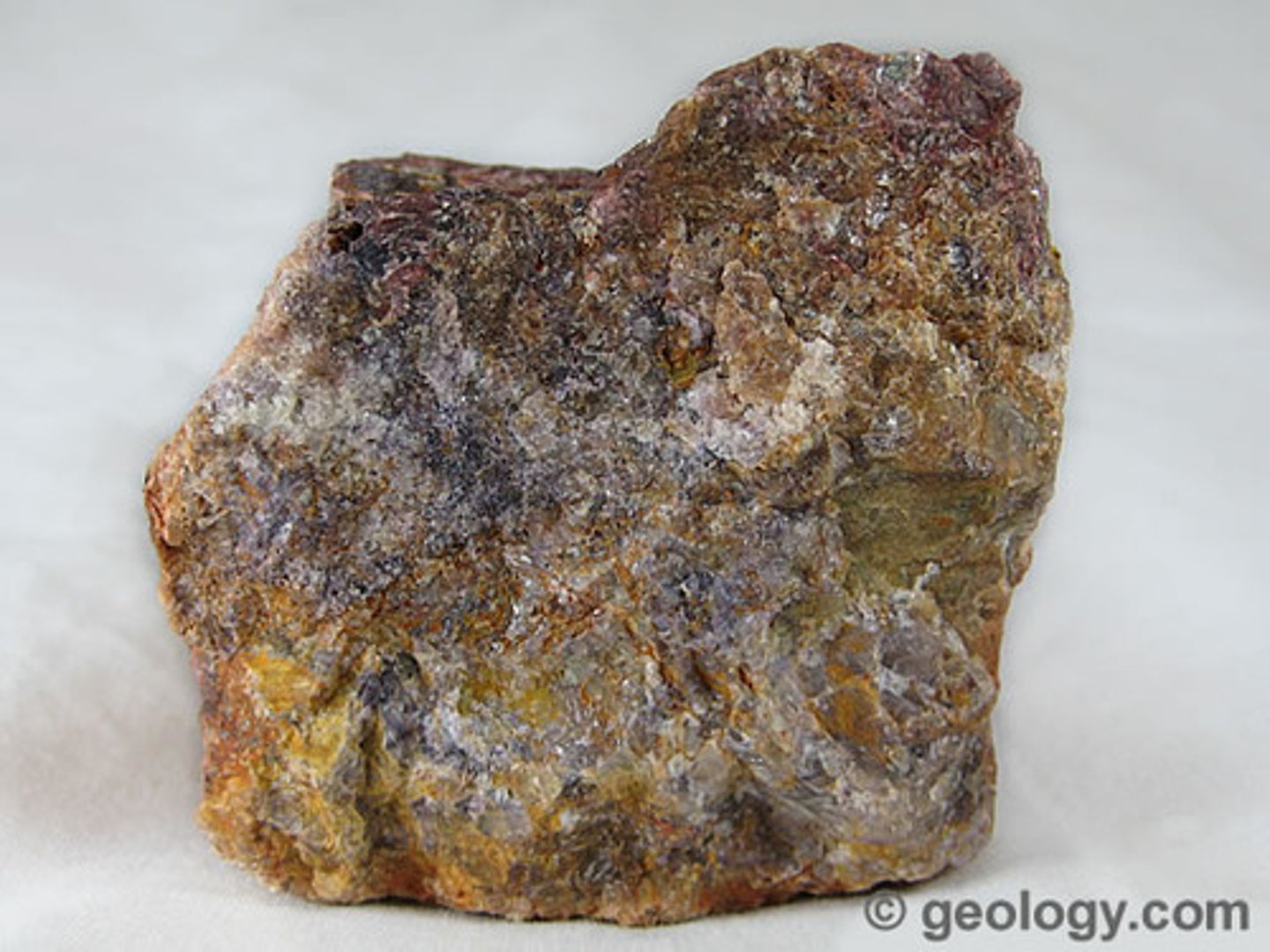
Beryl
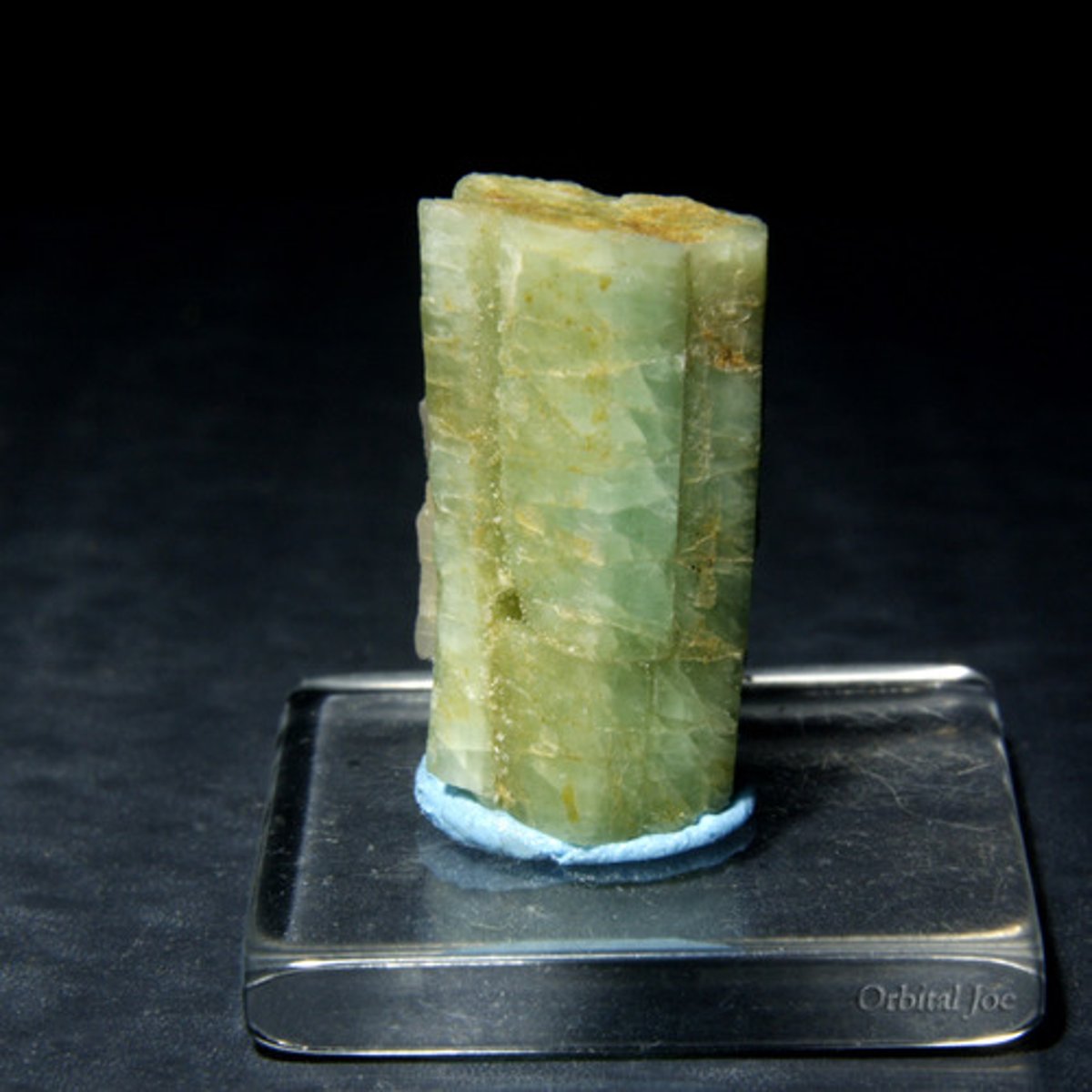
Biotite
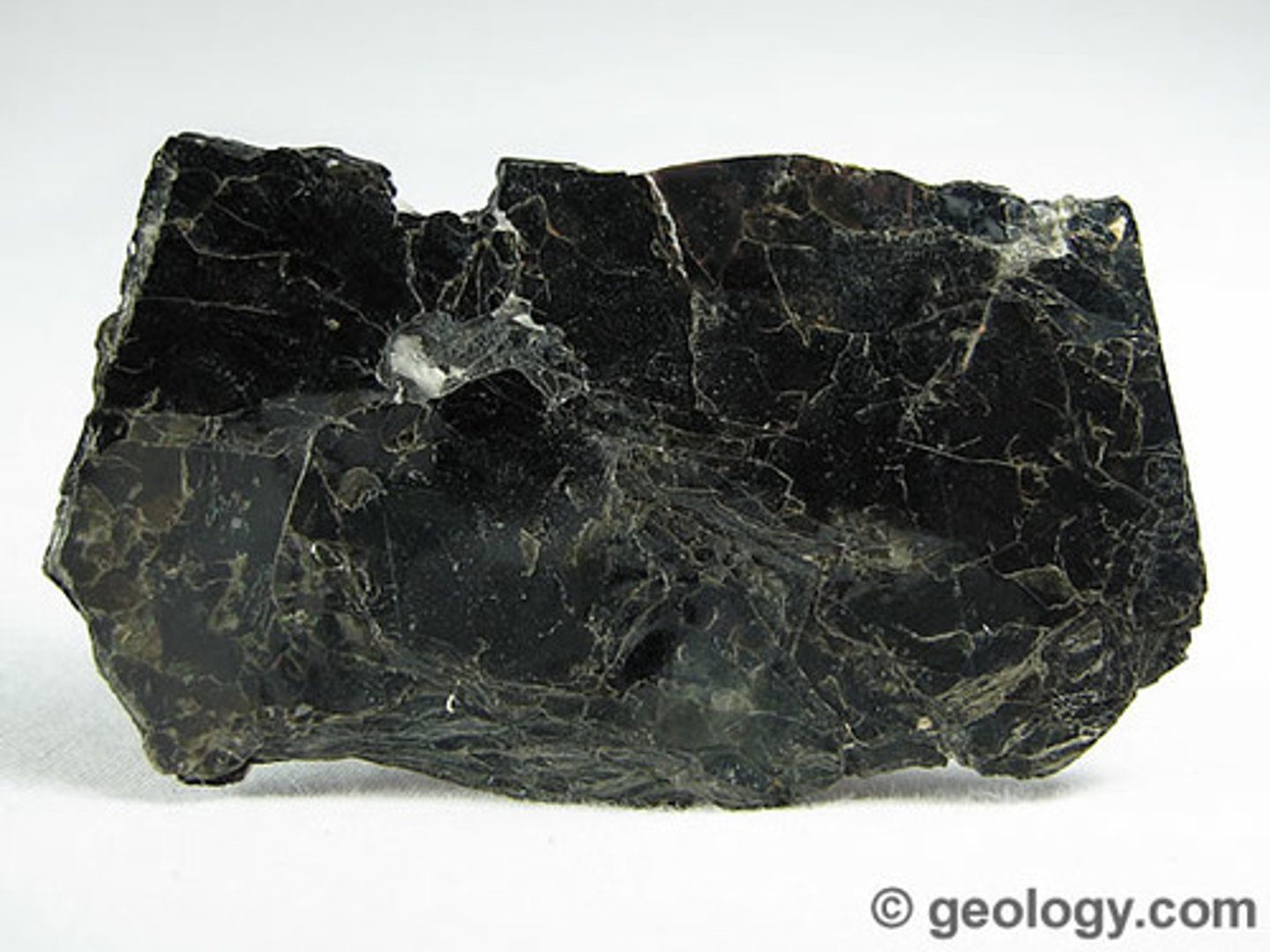
Bornite
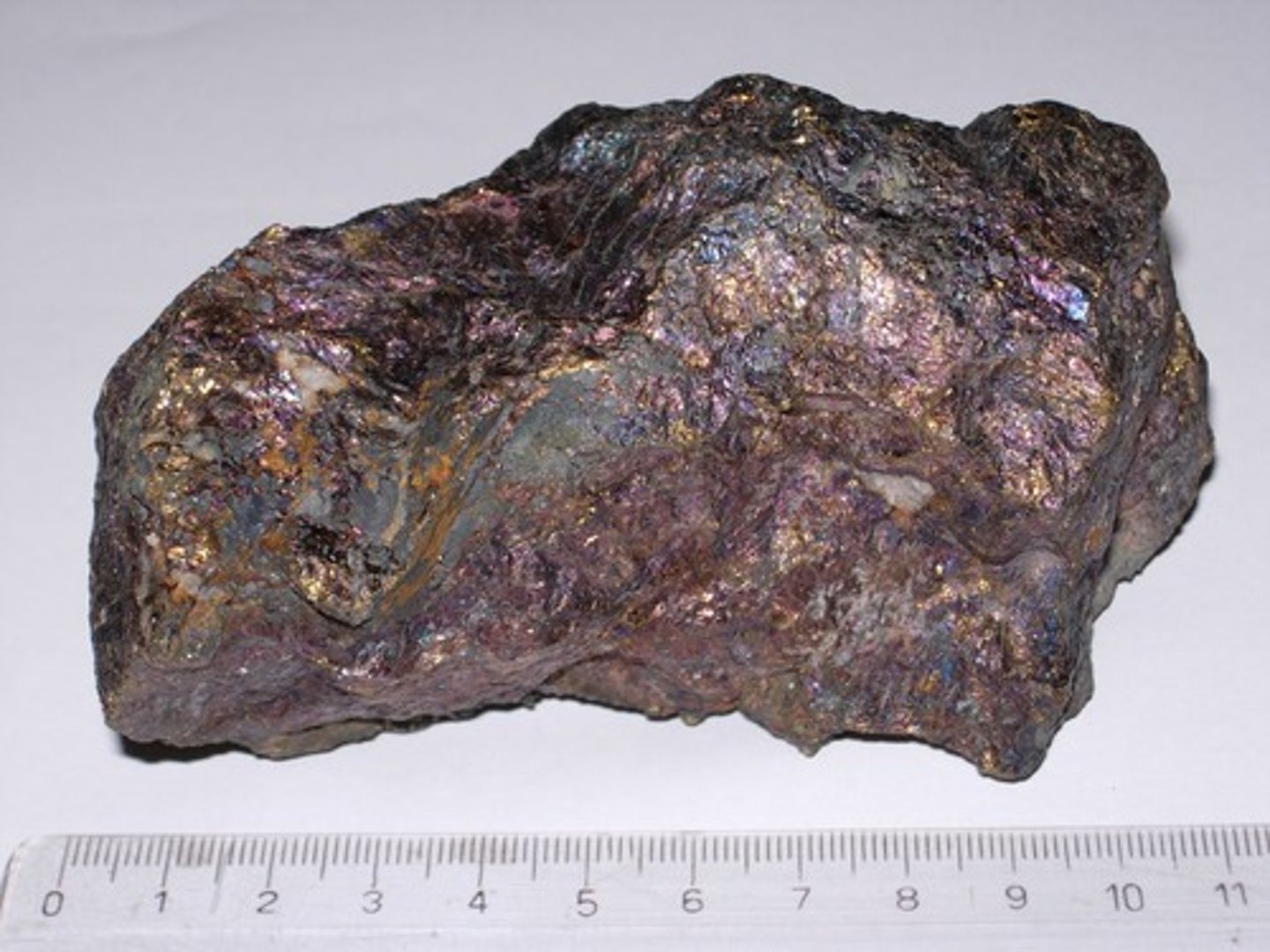
Calcite
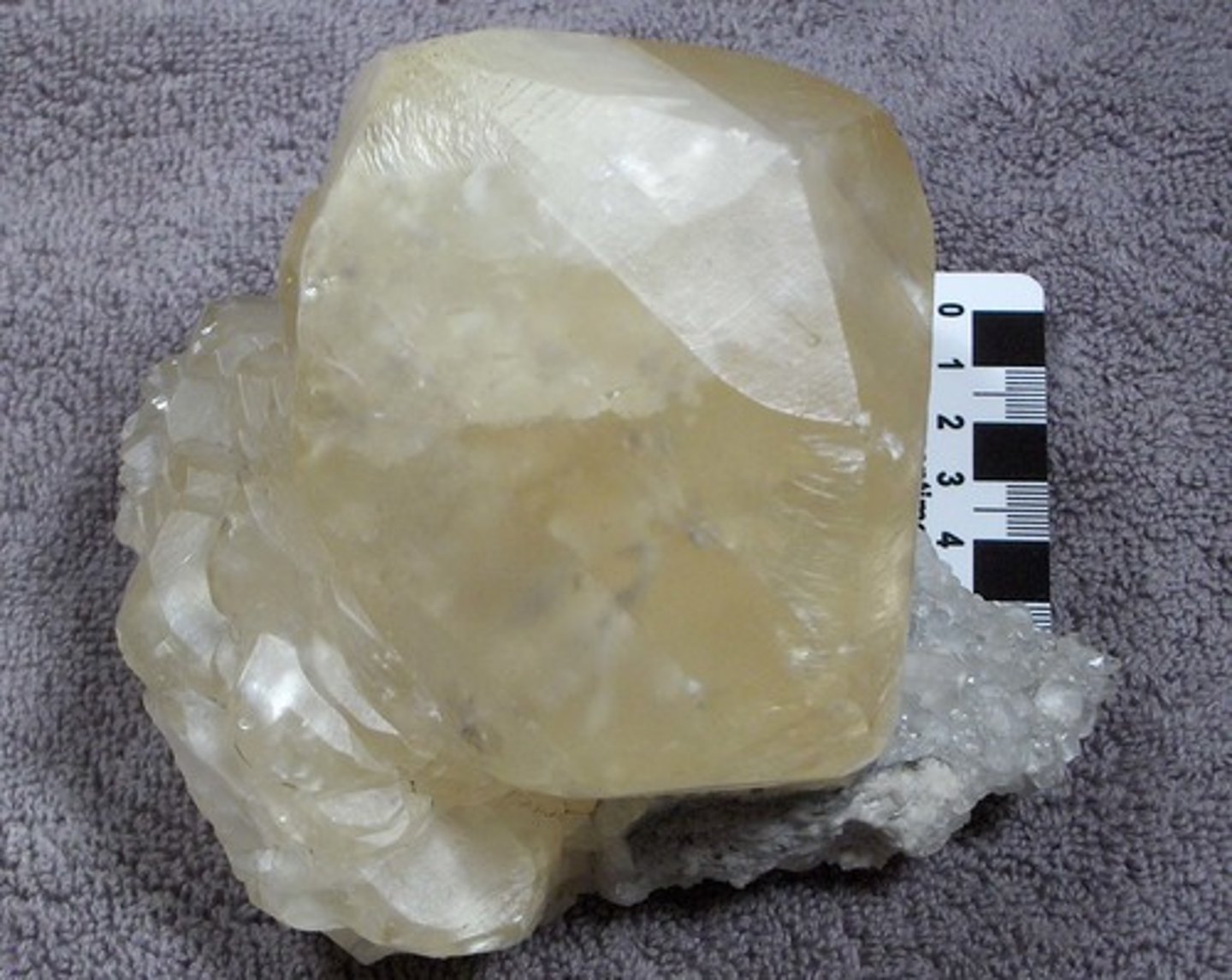
Celestite
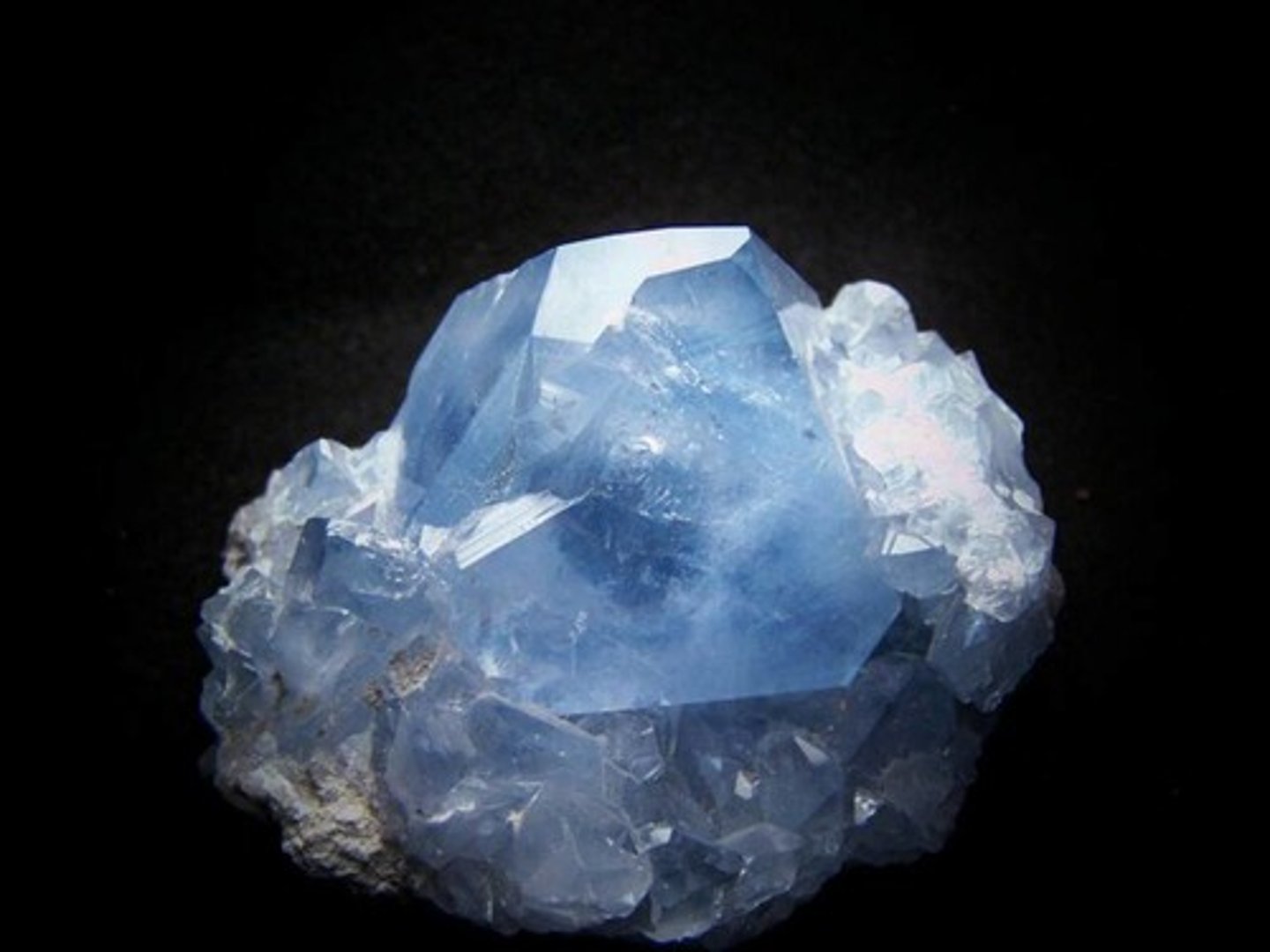
Chalcopyrite
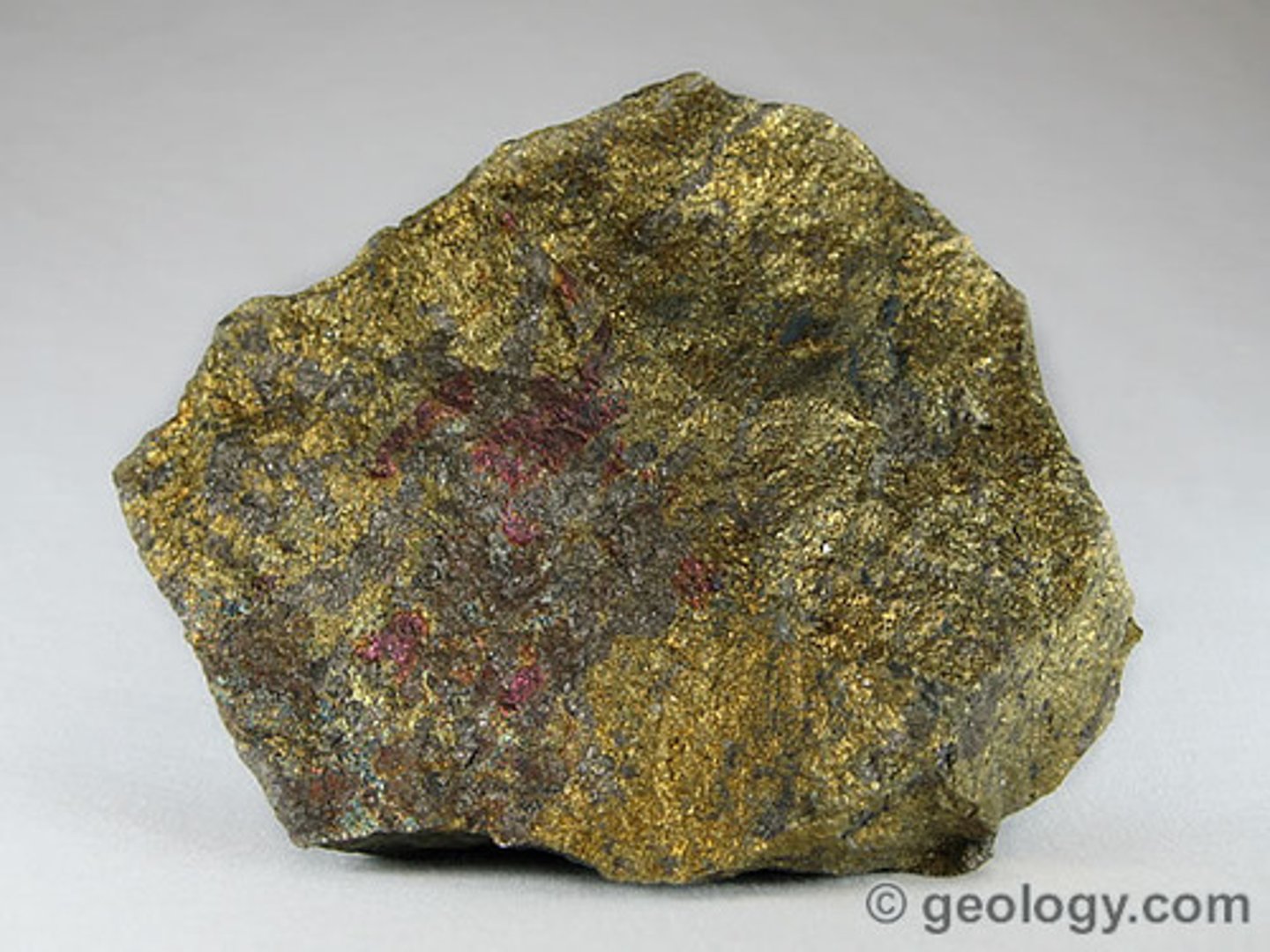
copper
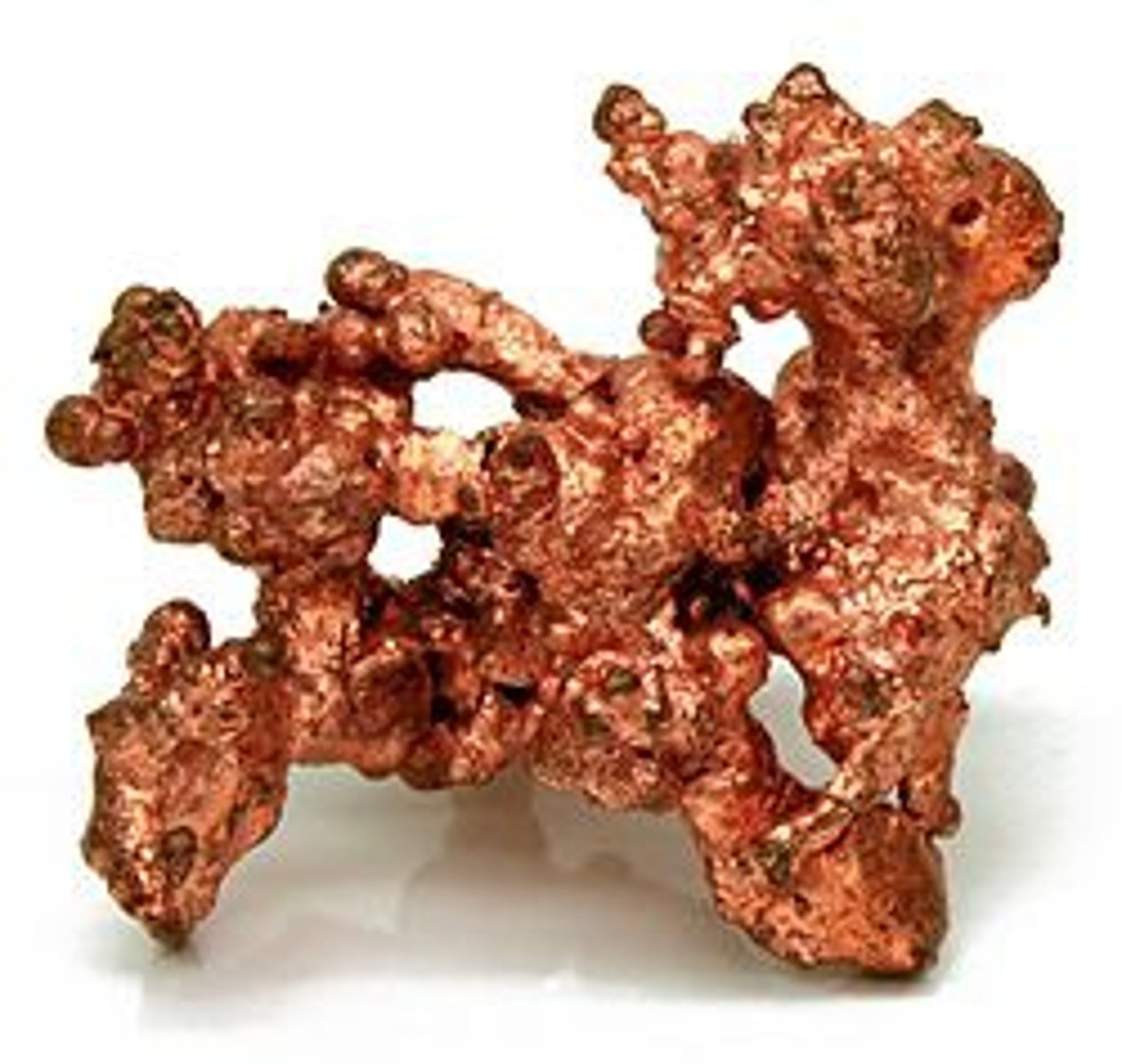
Corundum
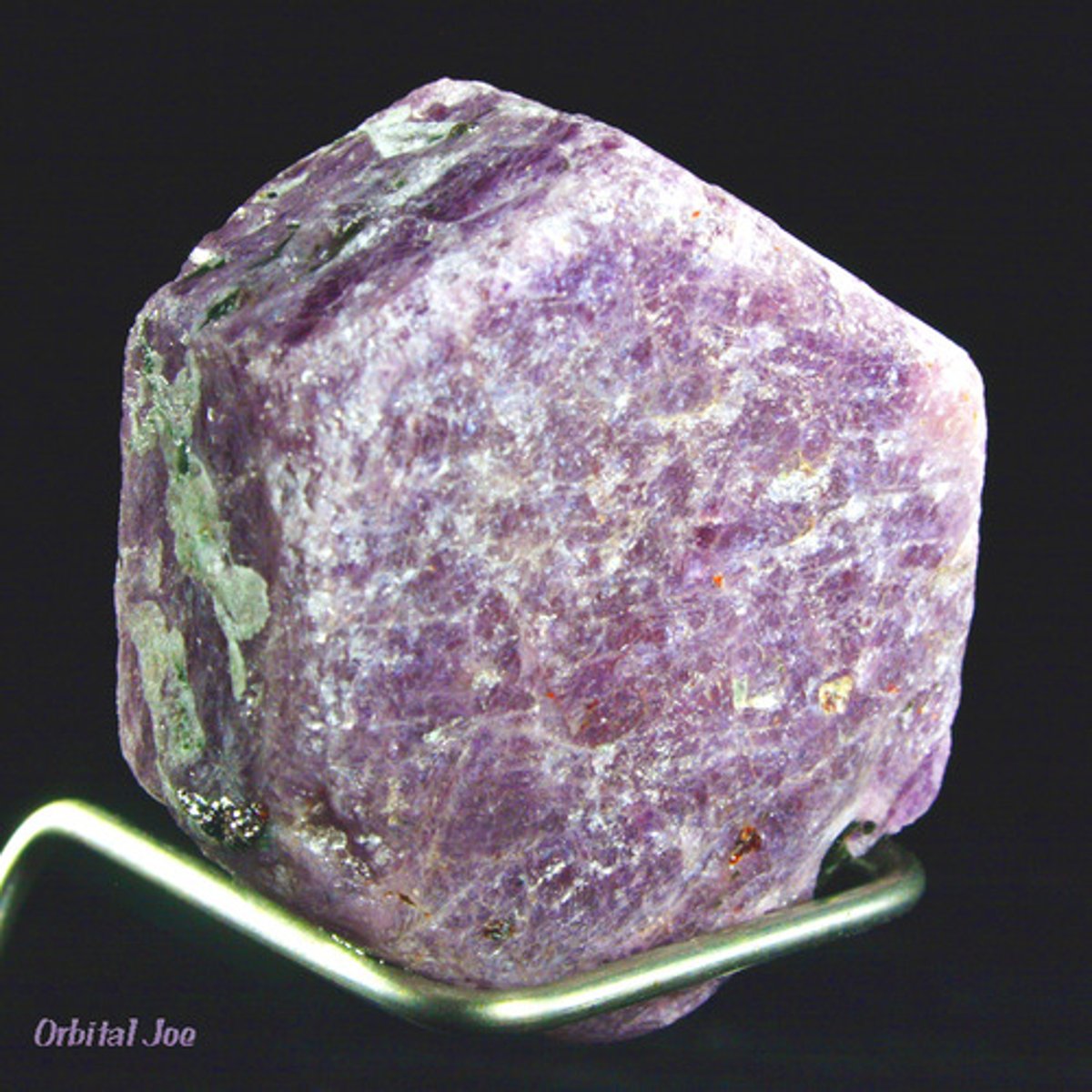
Diamond
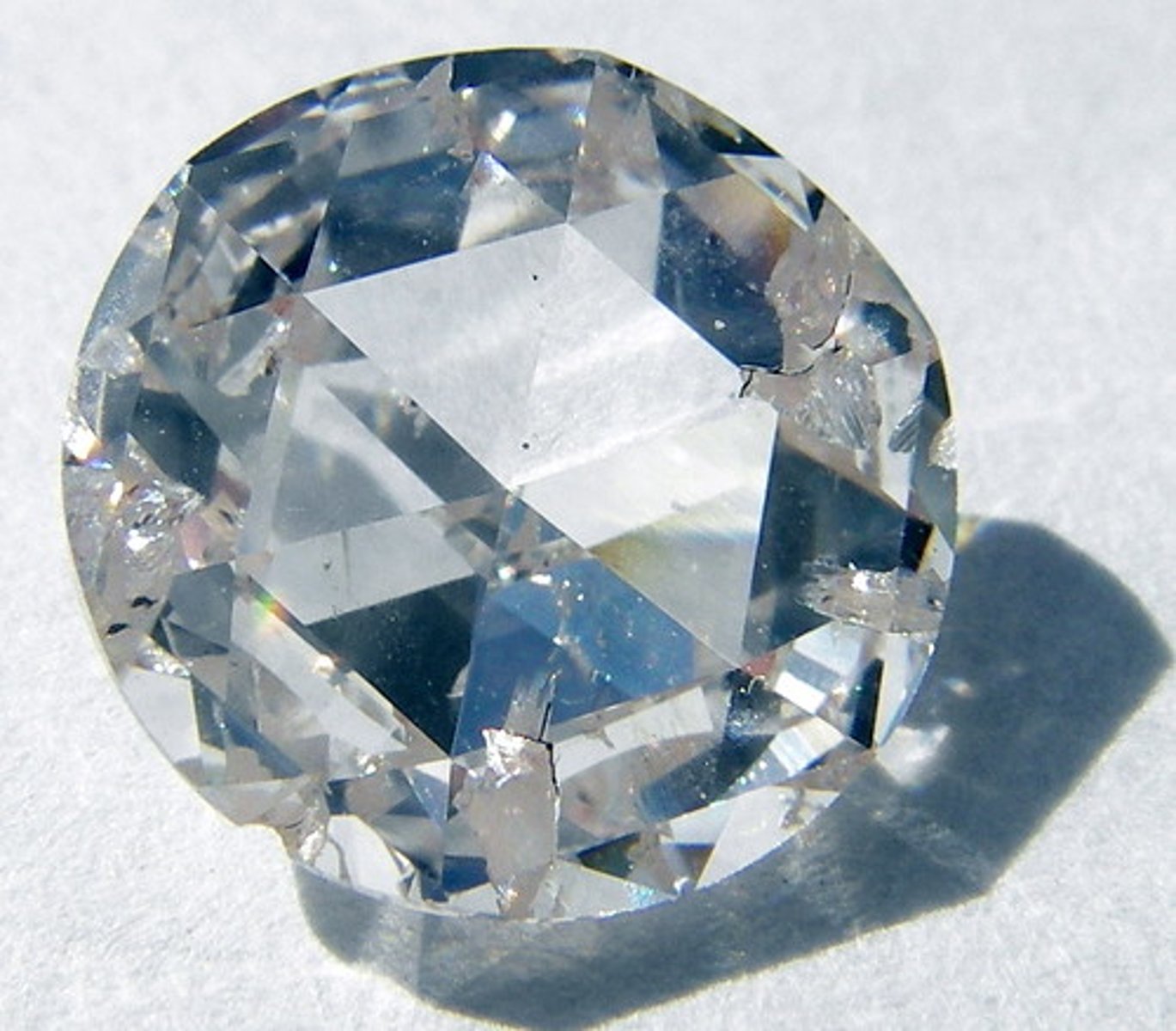
Dolomite
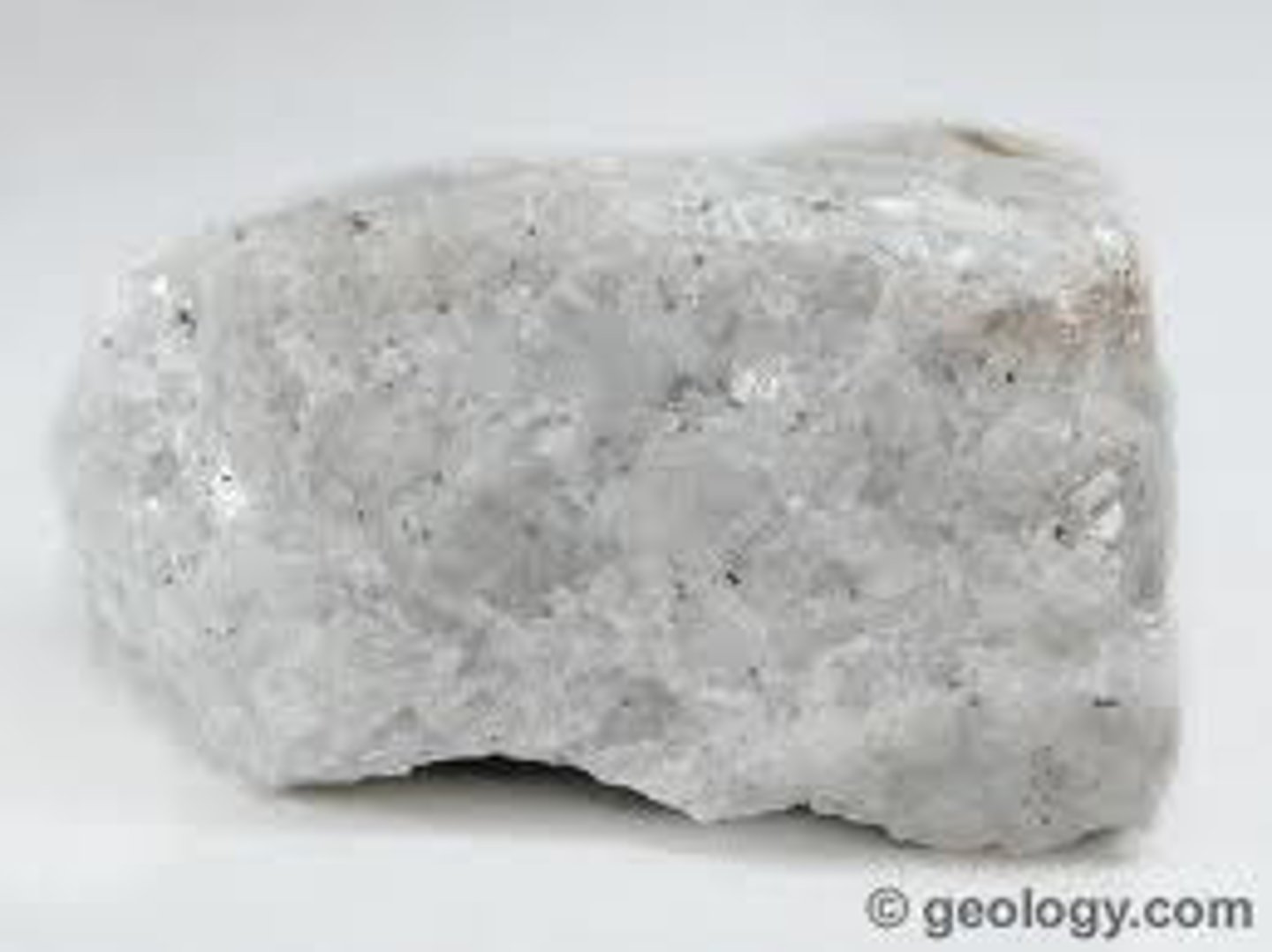
Epidote
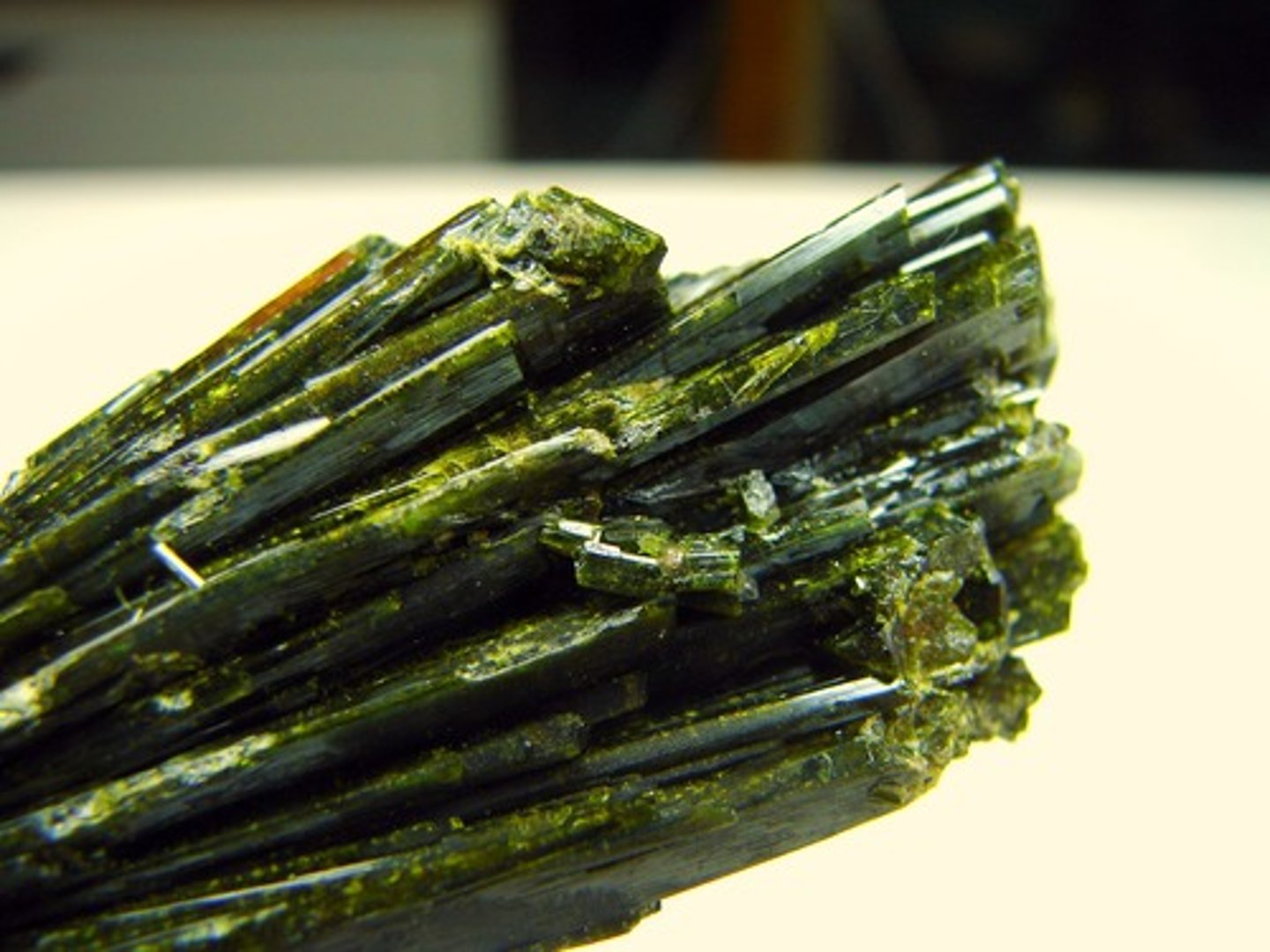
Feldspar
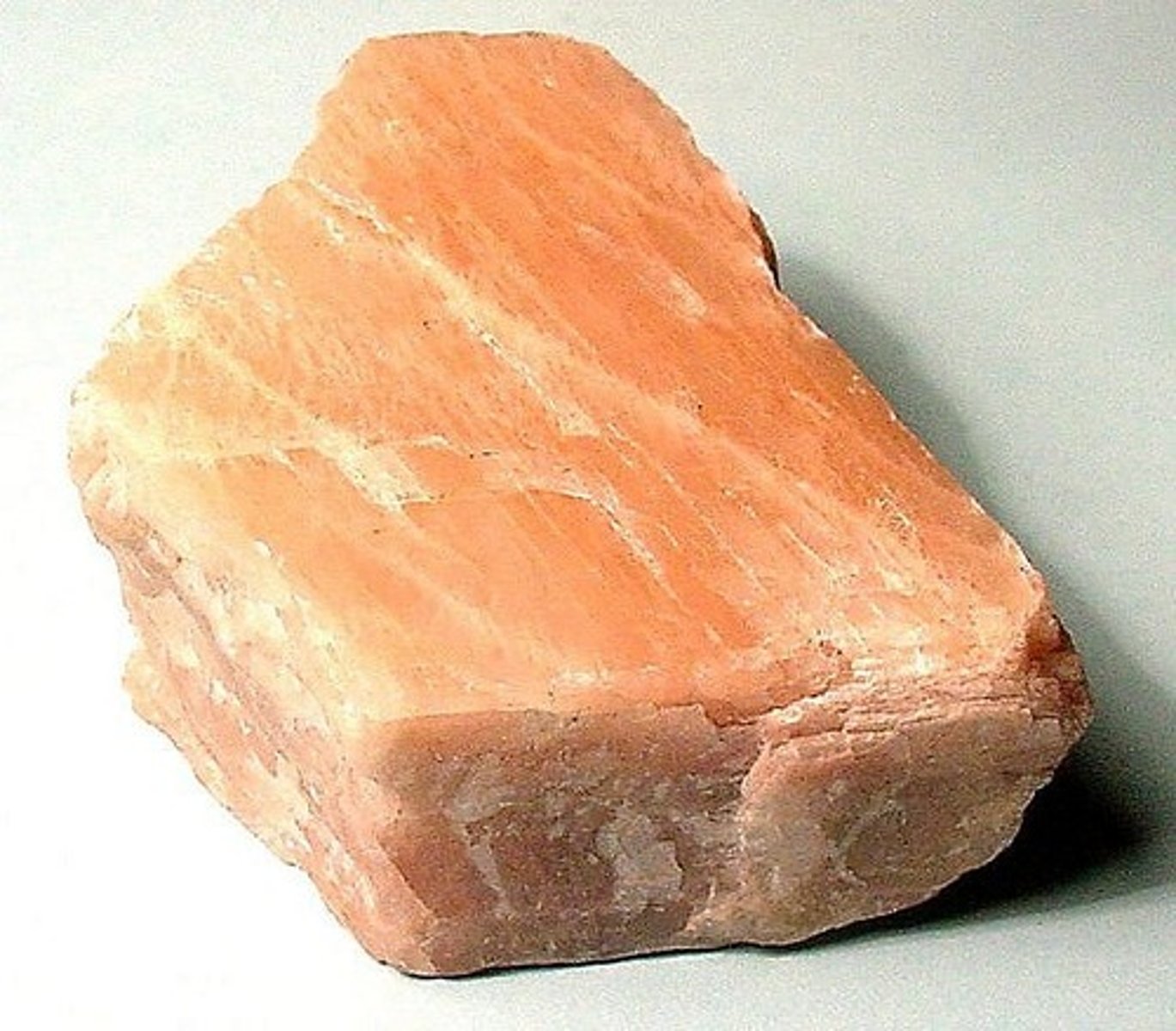
Flourite
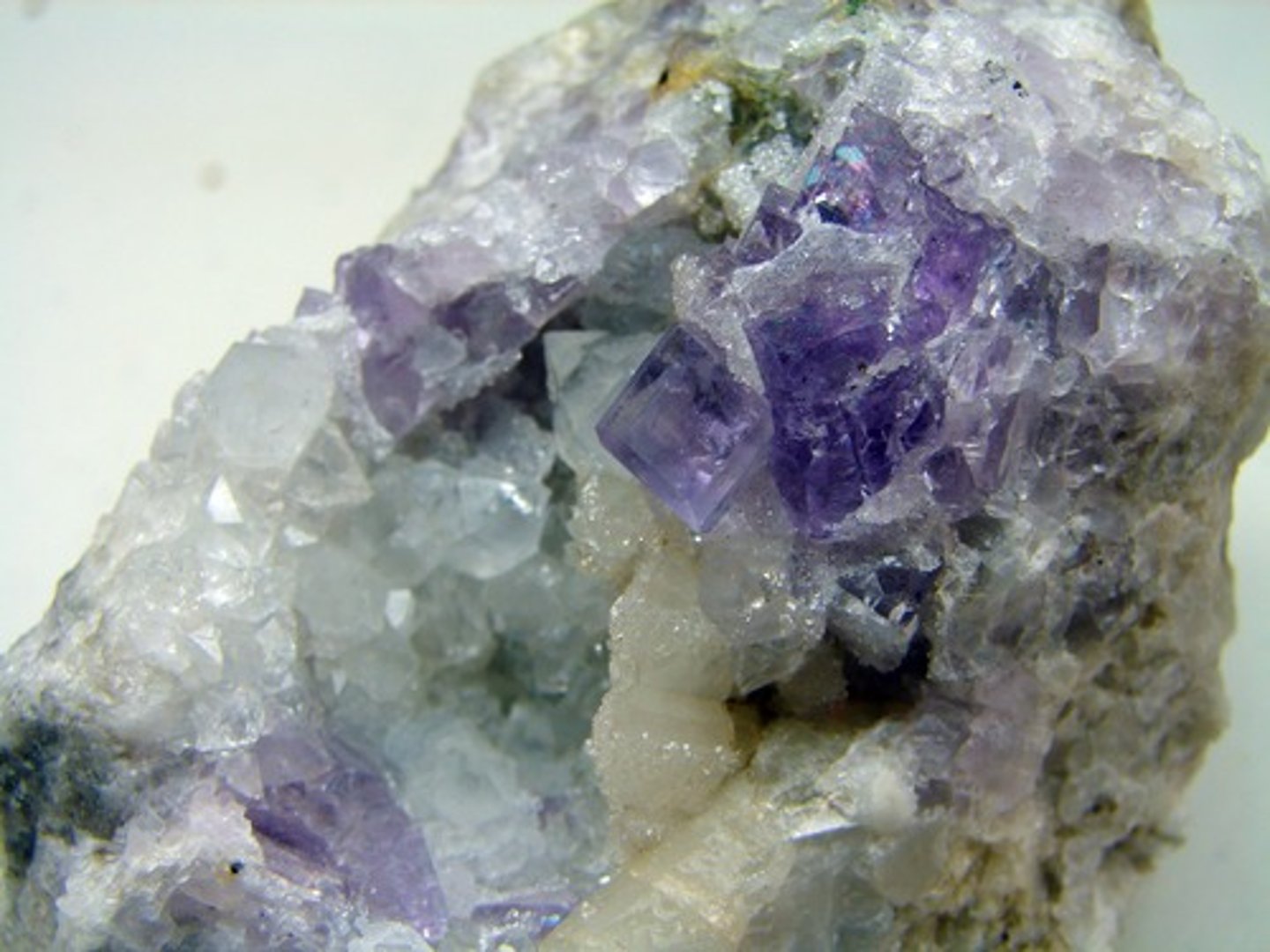
Galena
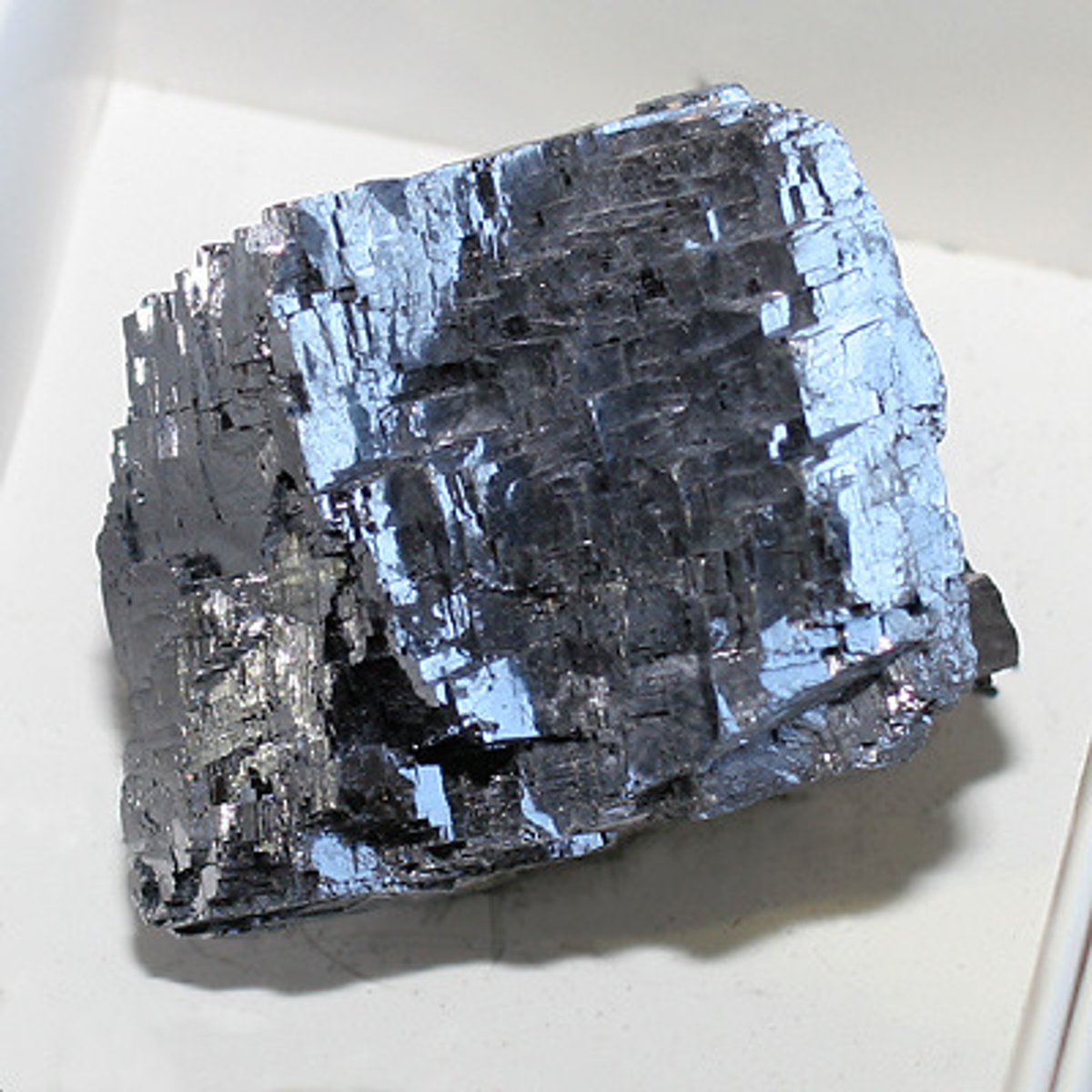
Goethite
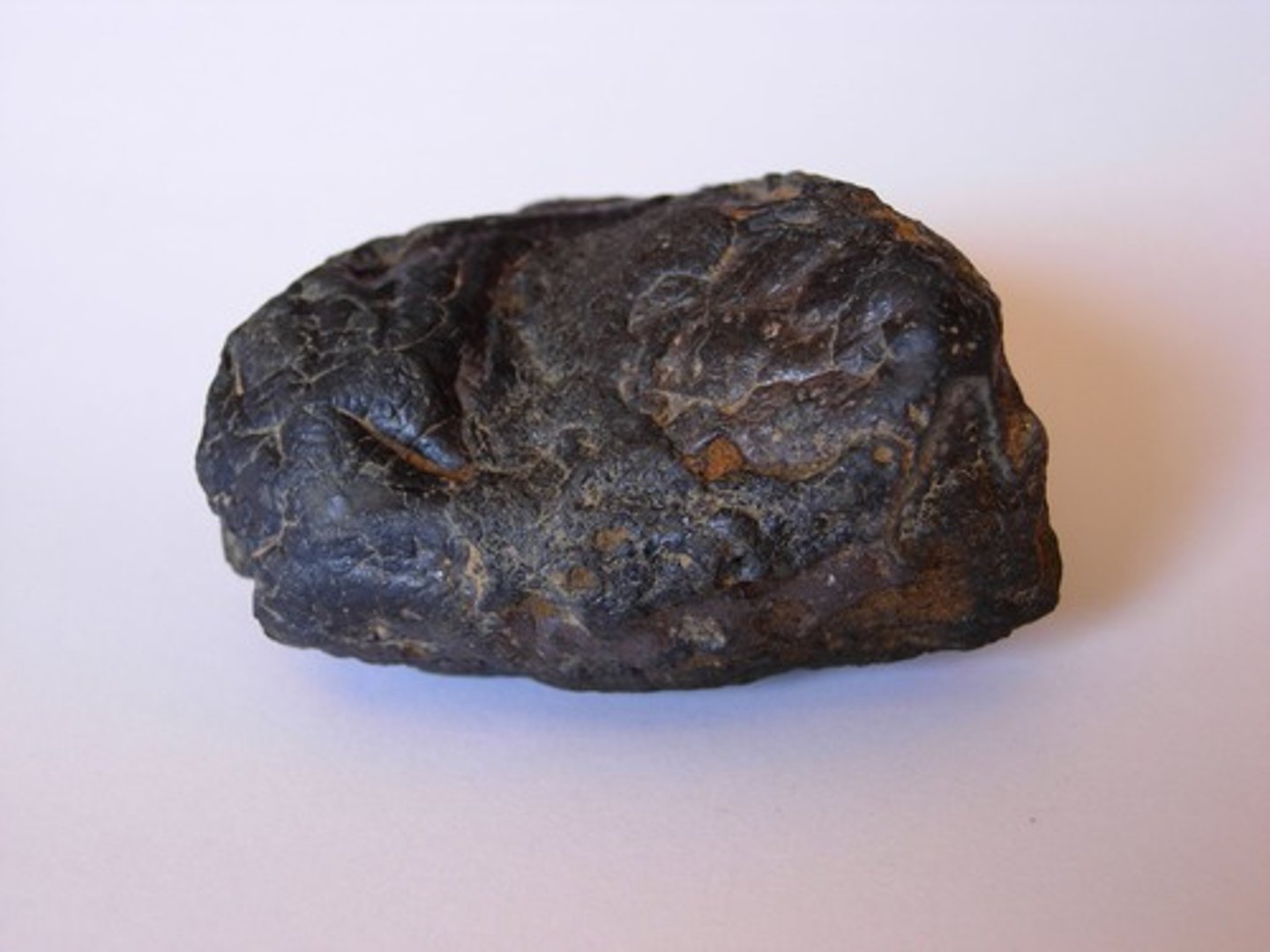
Gypsum
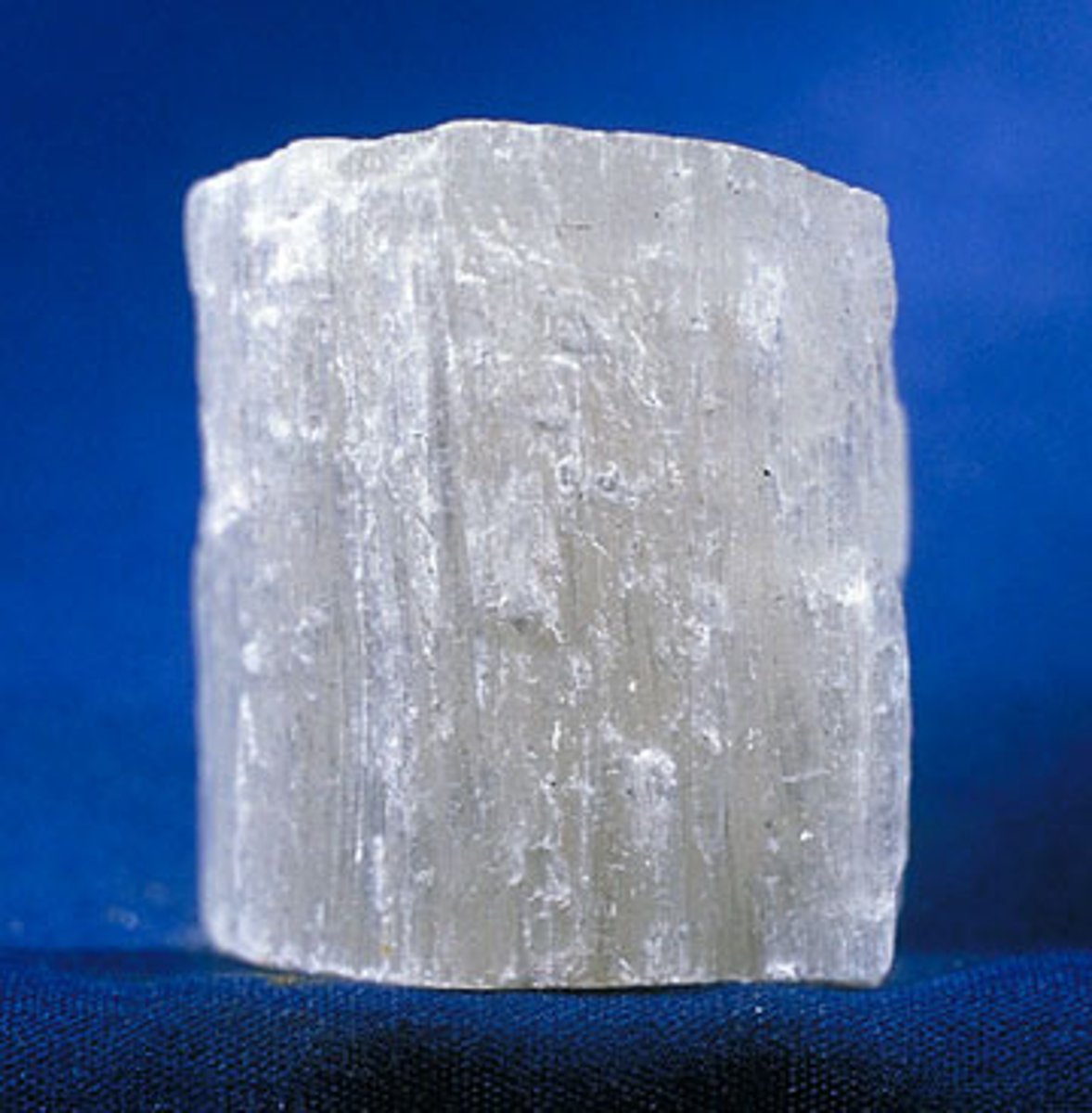
Halite
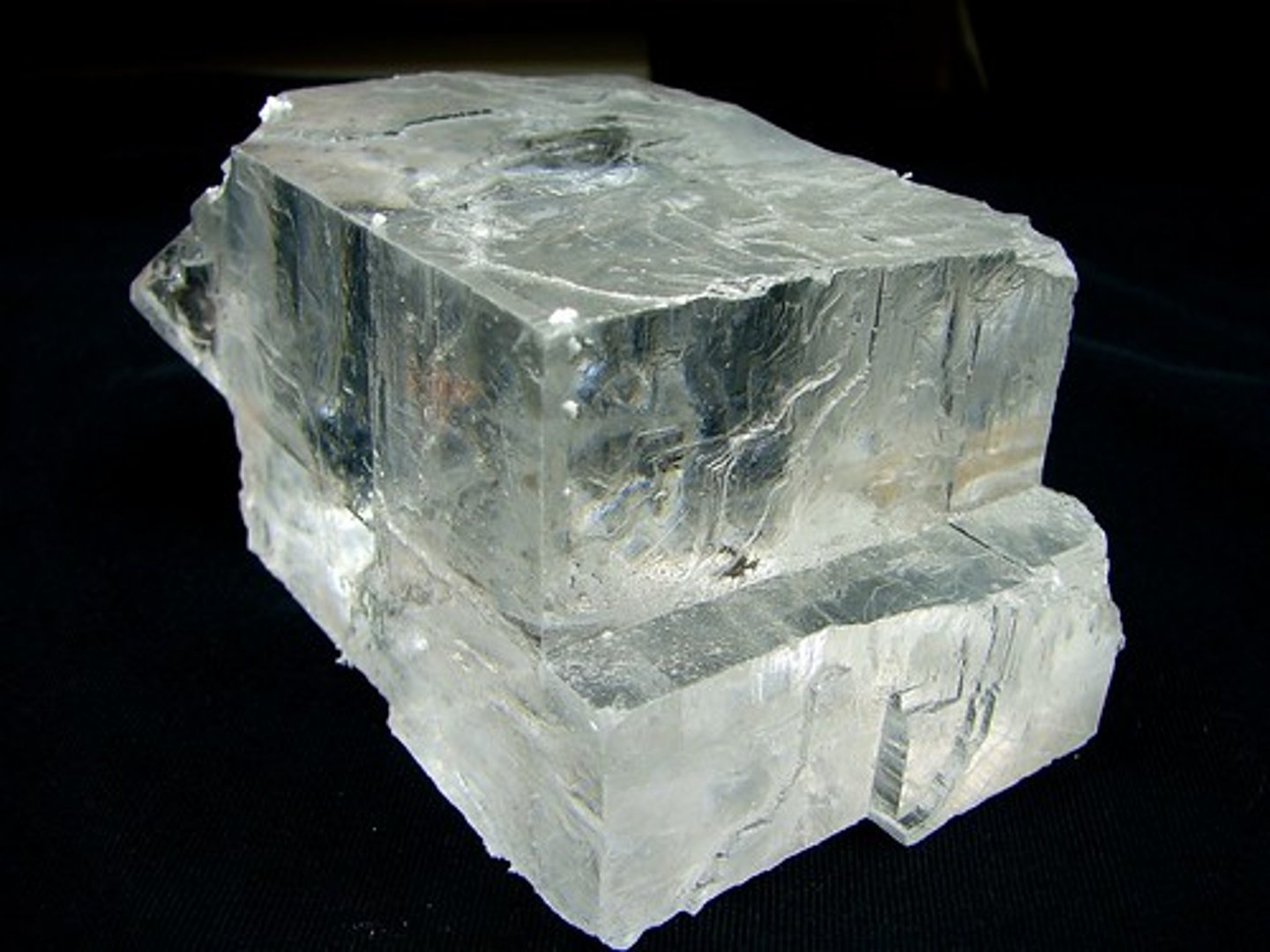
Hematite
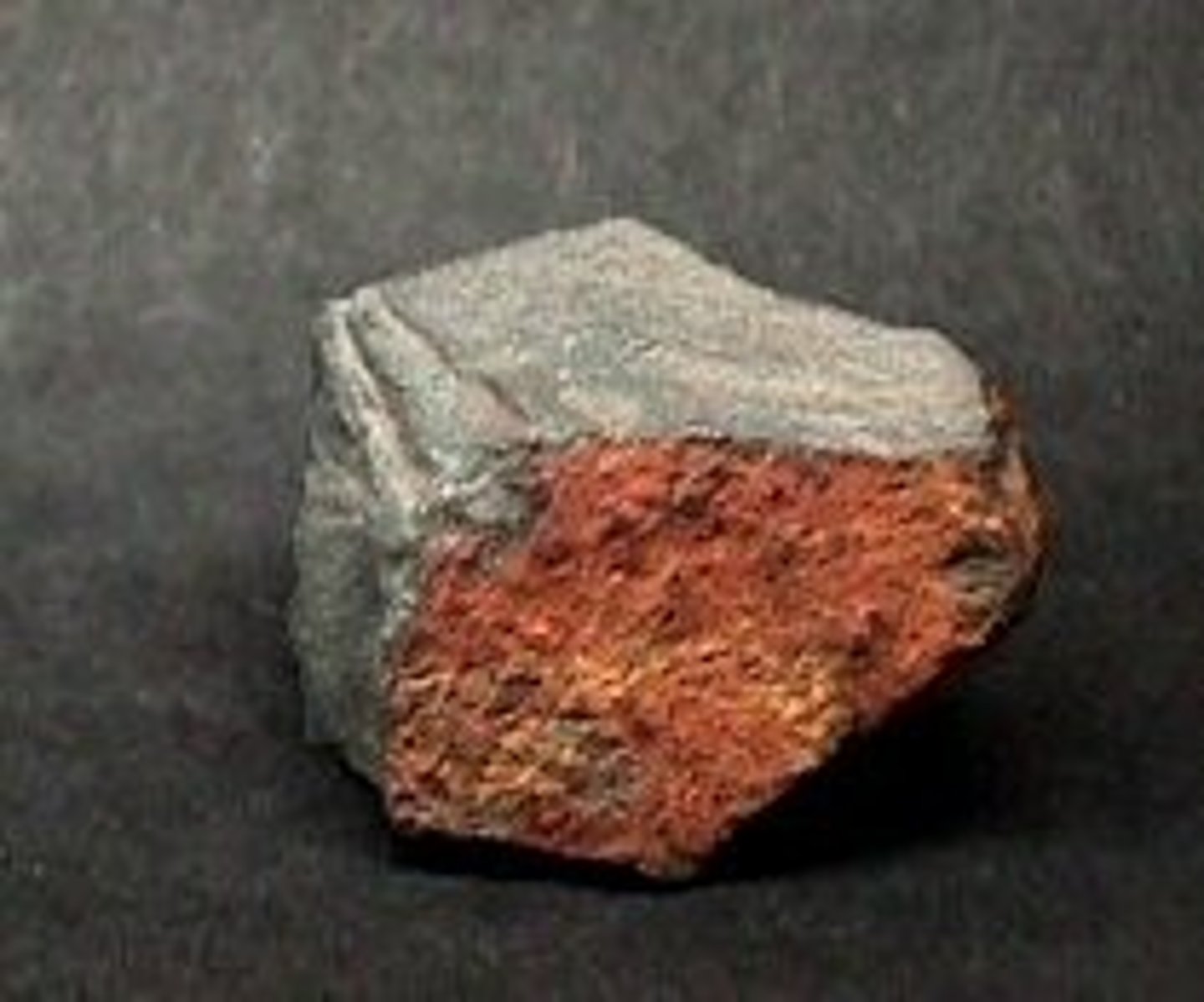
Hornblende

Kaolinite
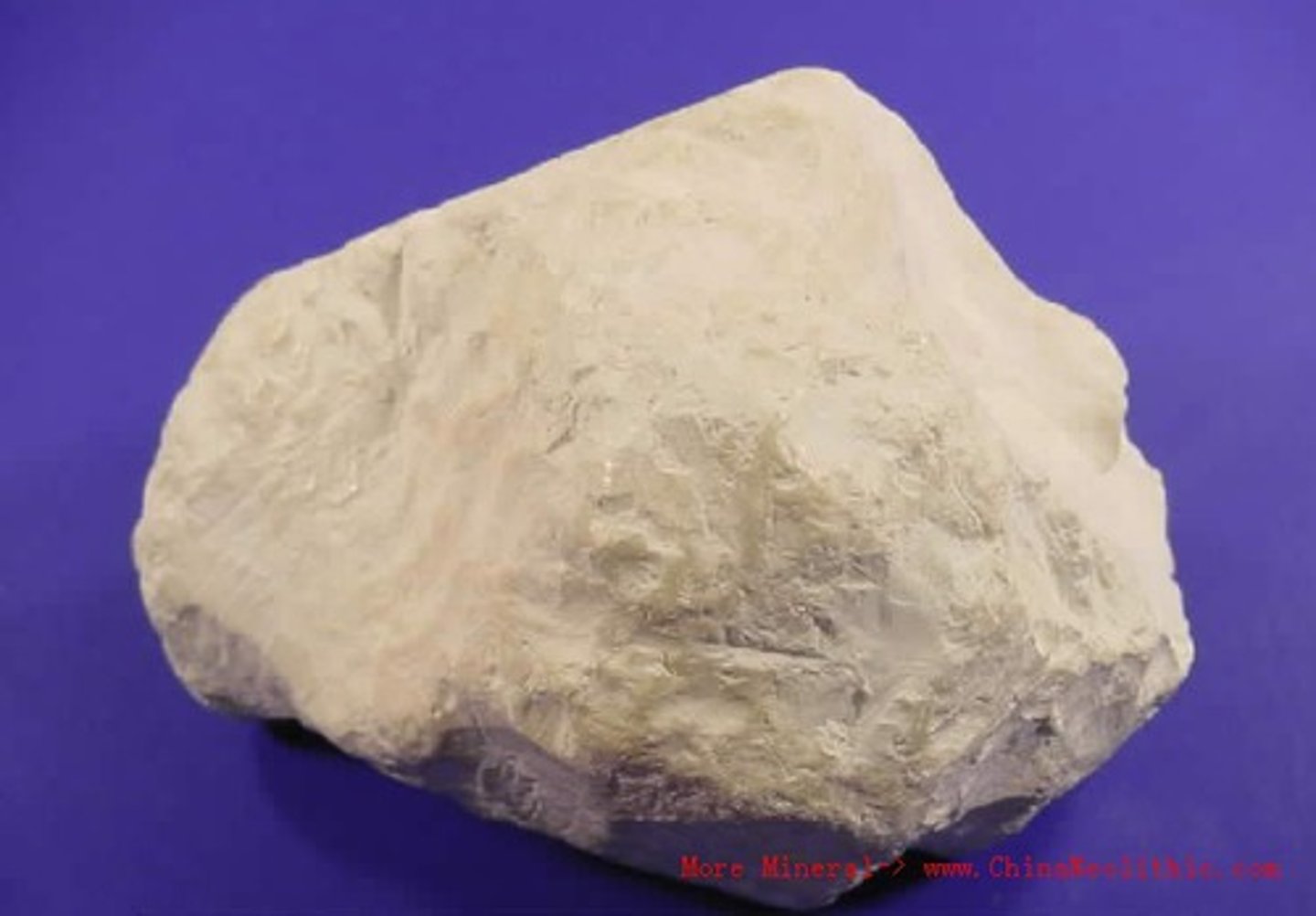
Lepidolite
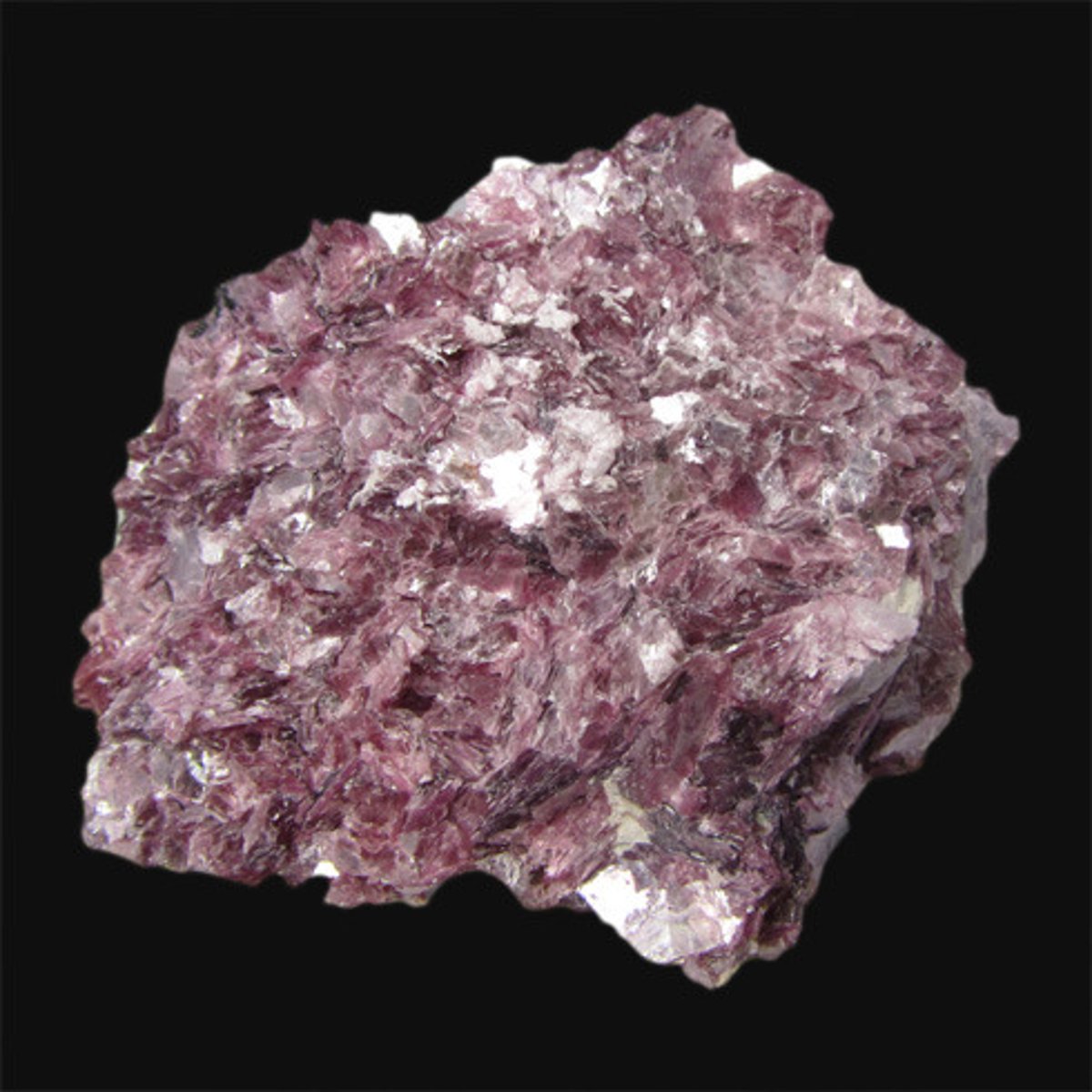
Magnetite
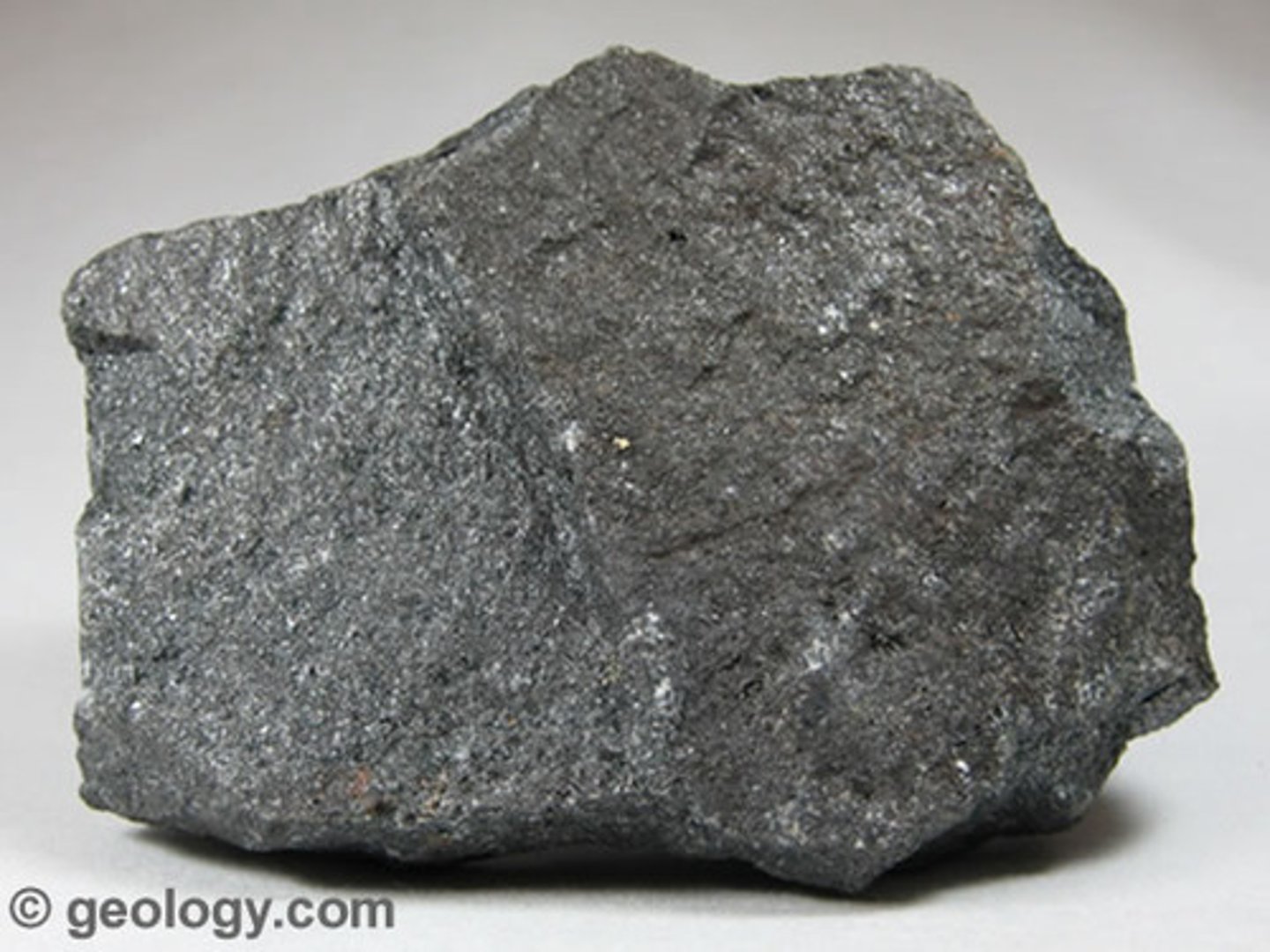
Malachite
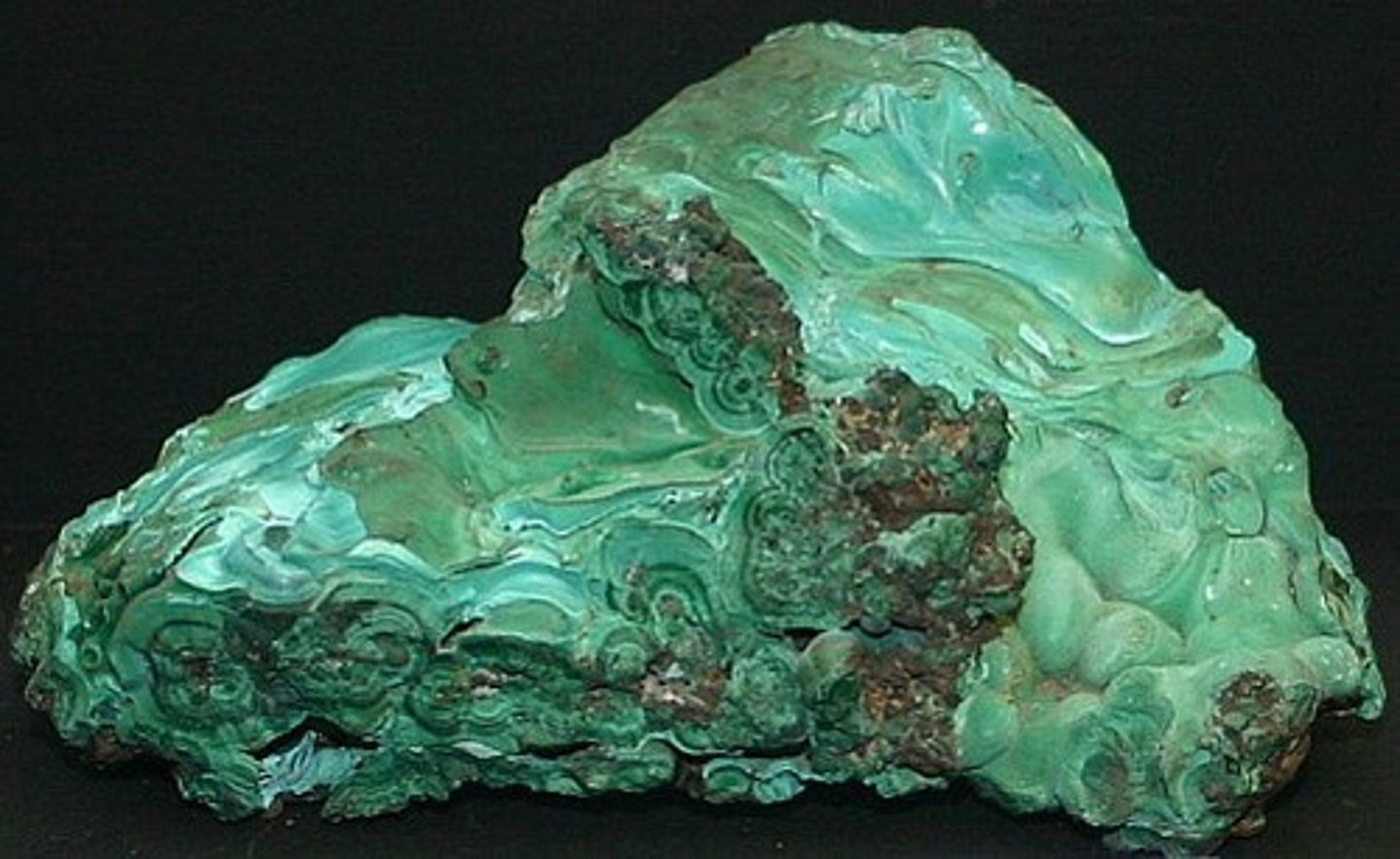
Muscovite
